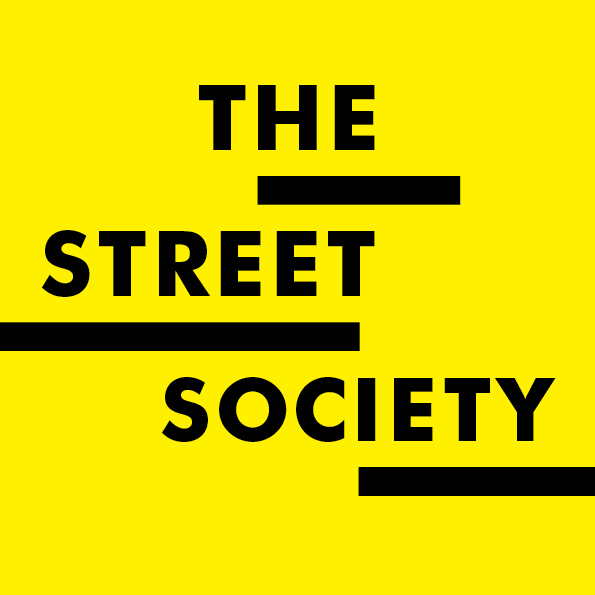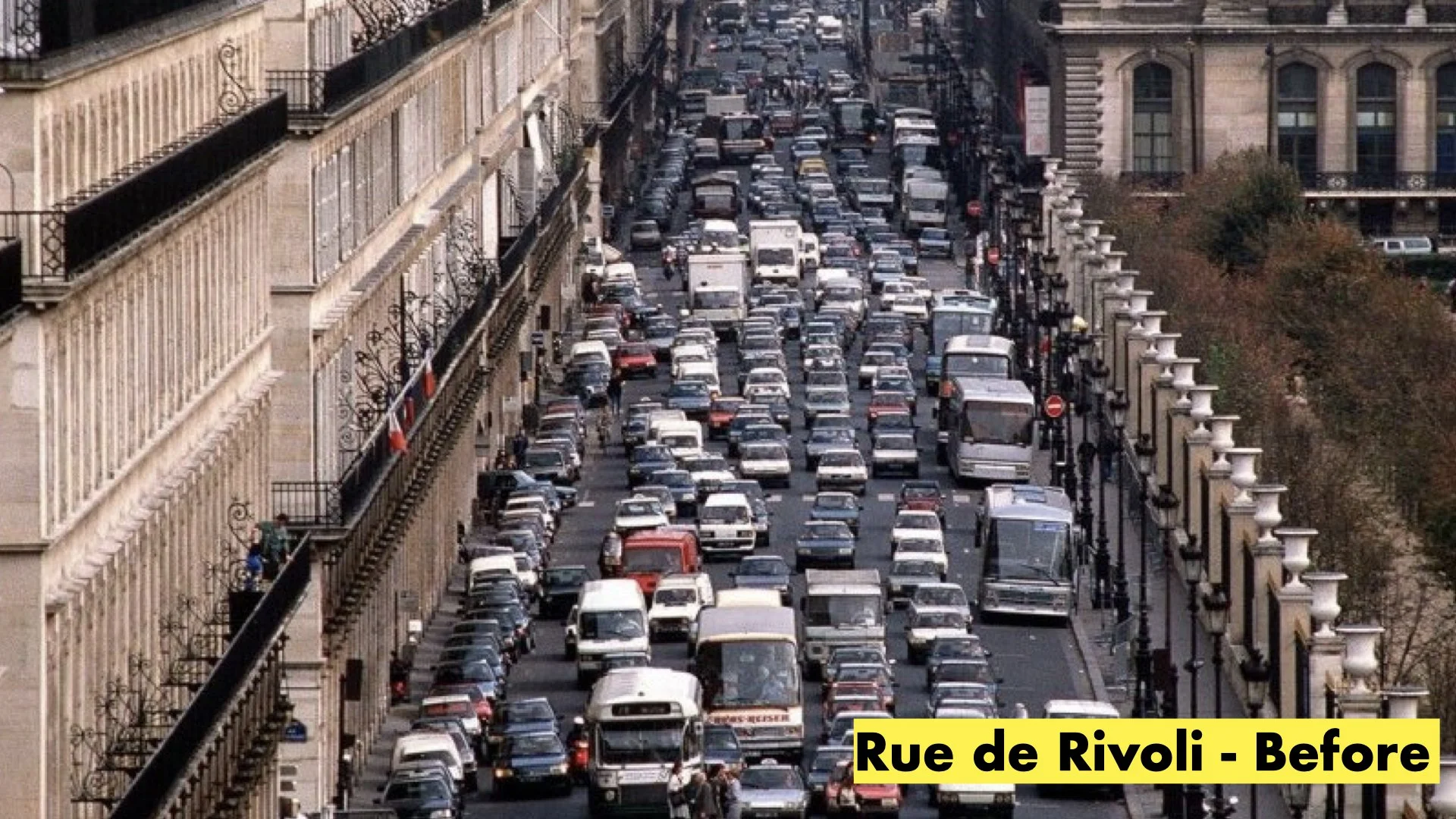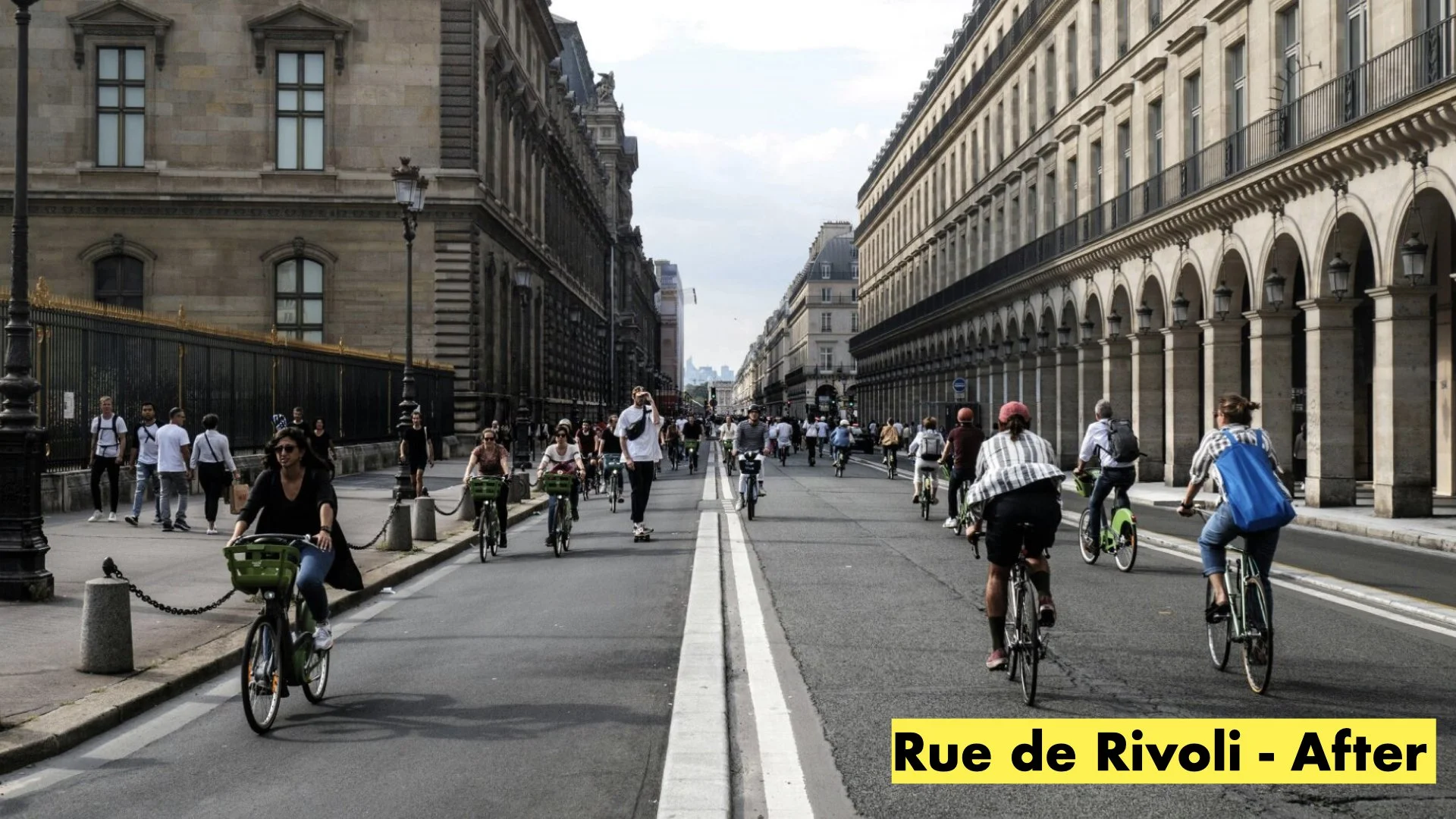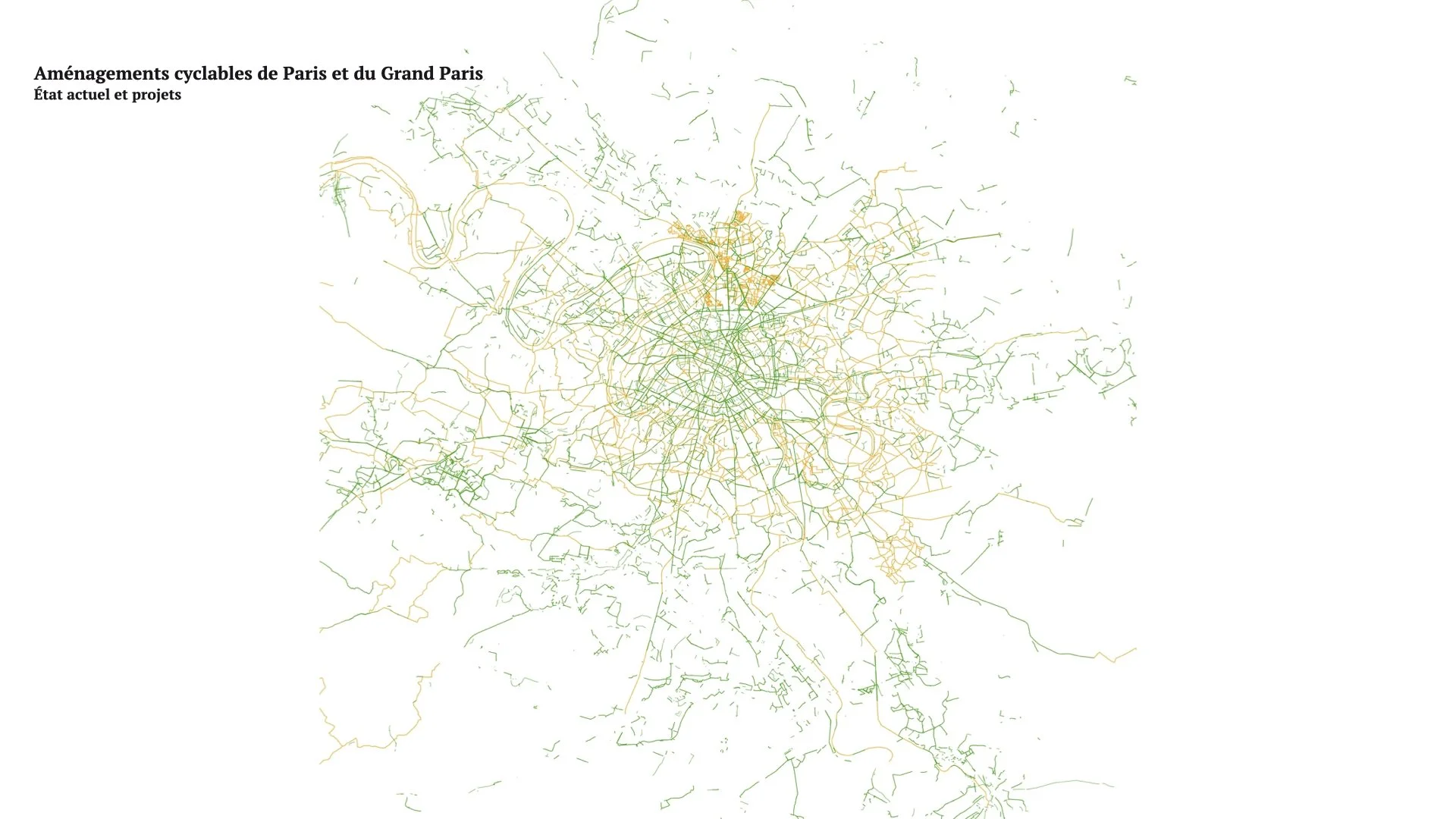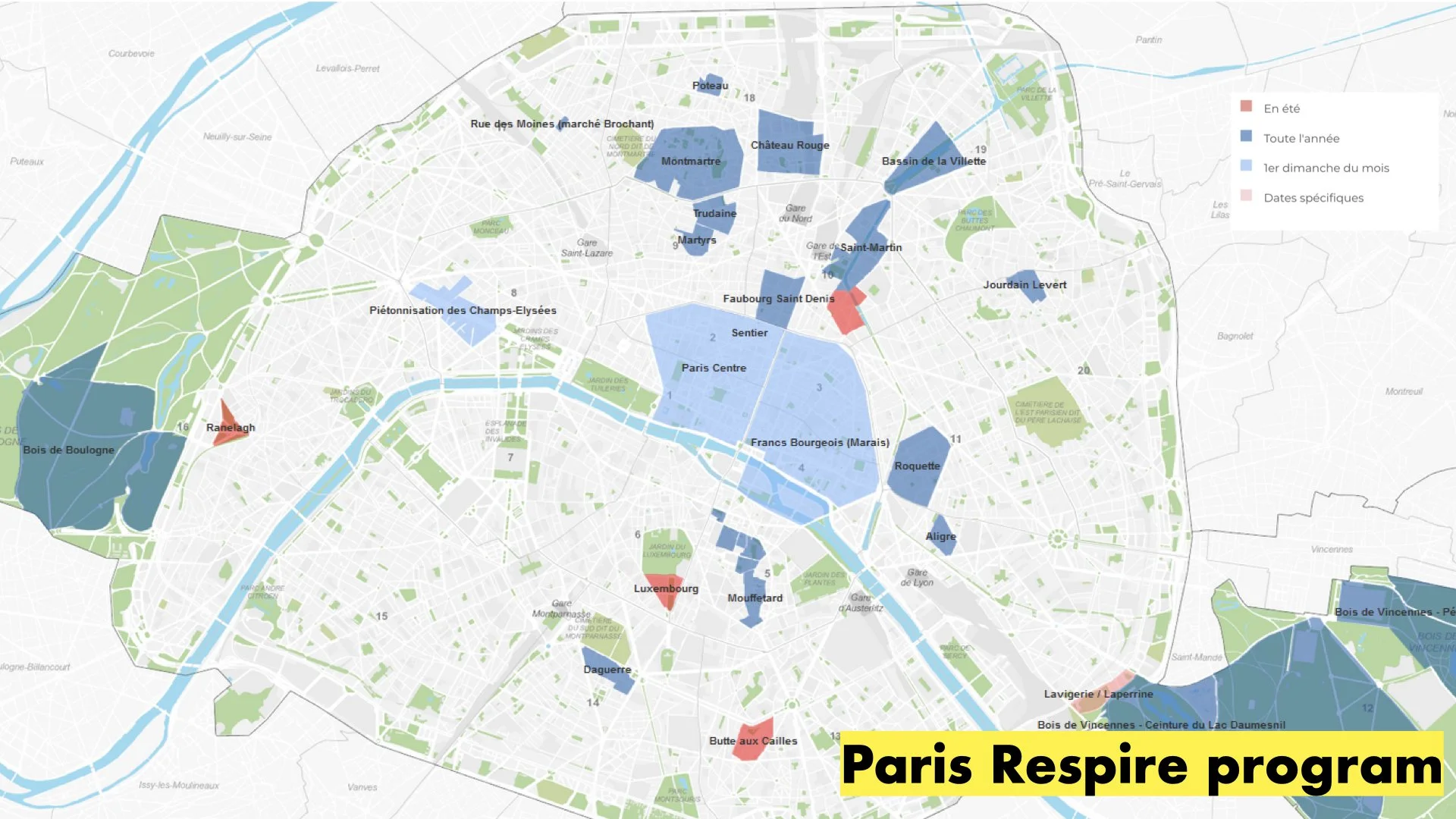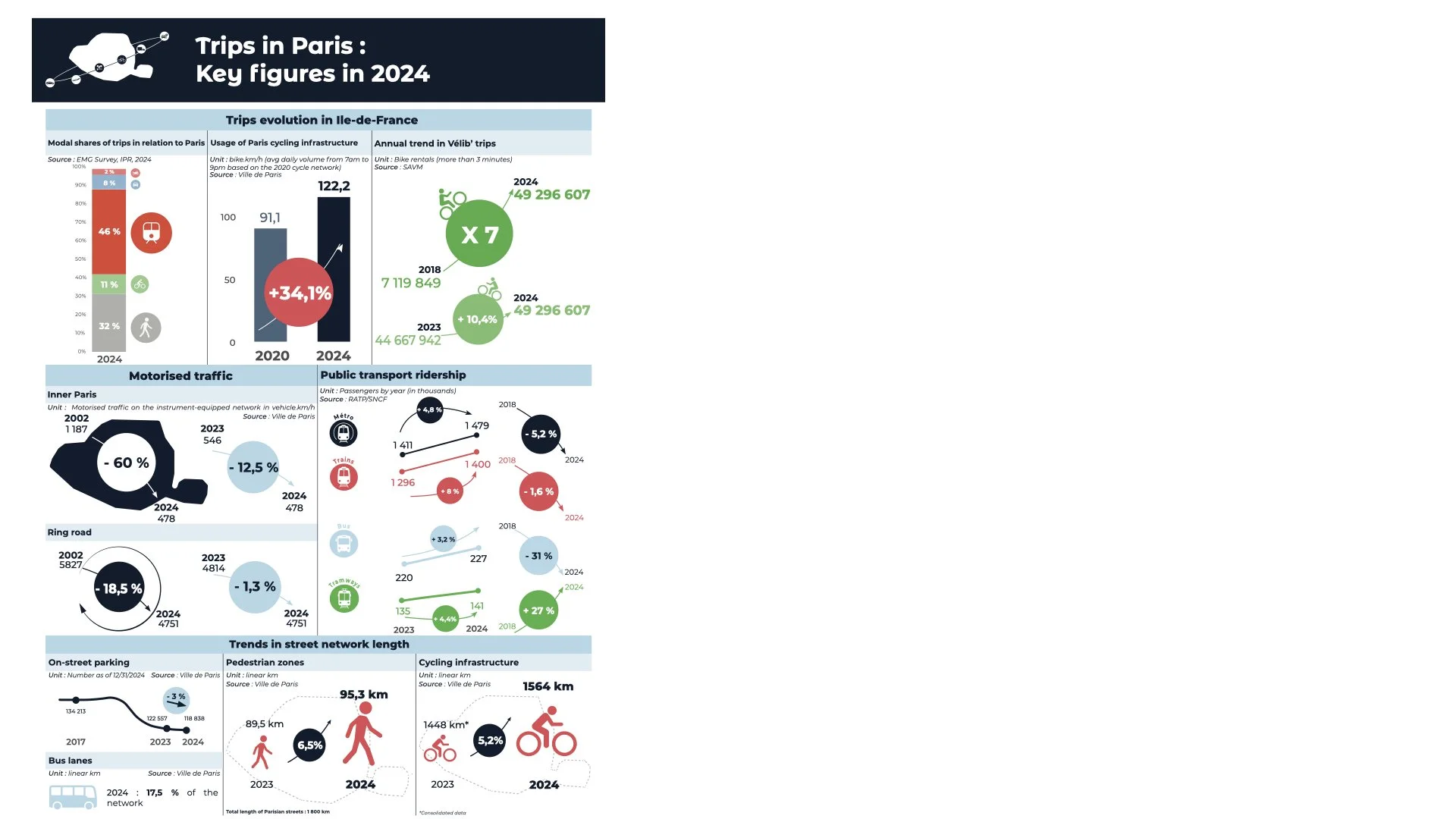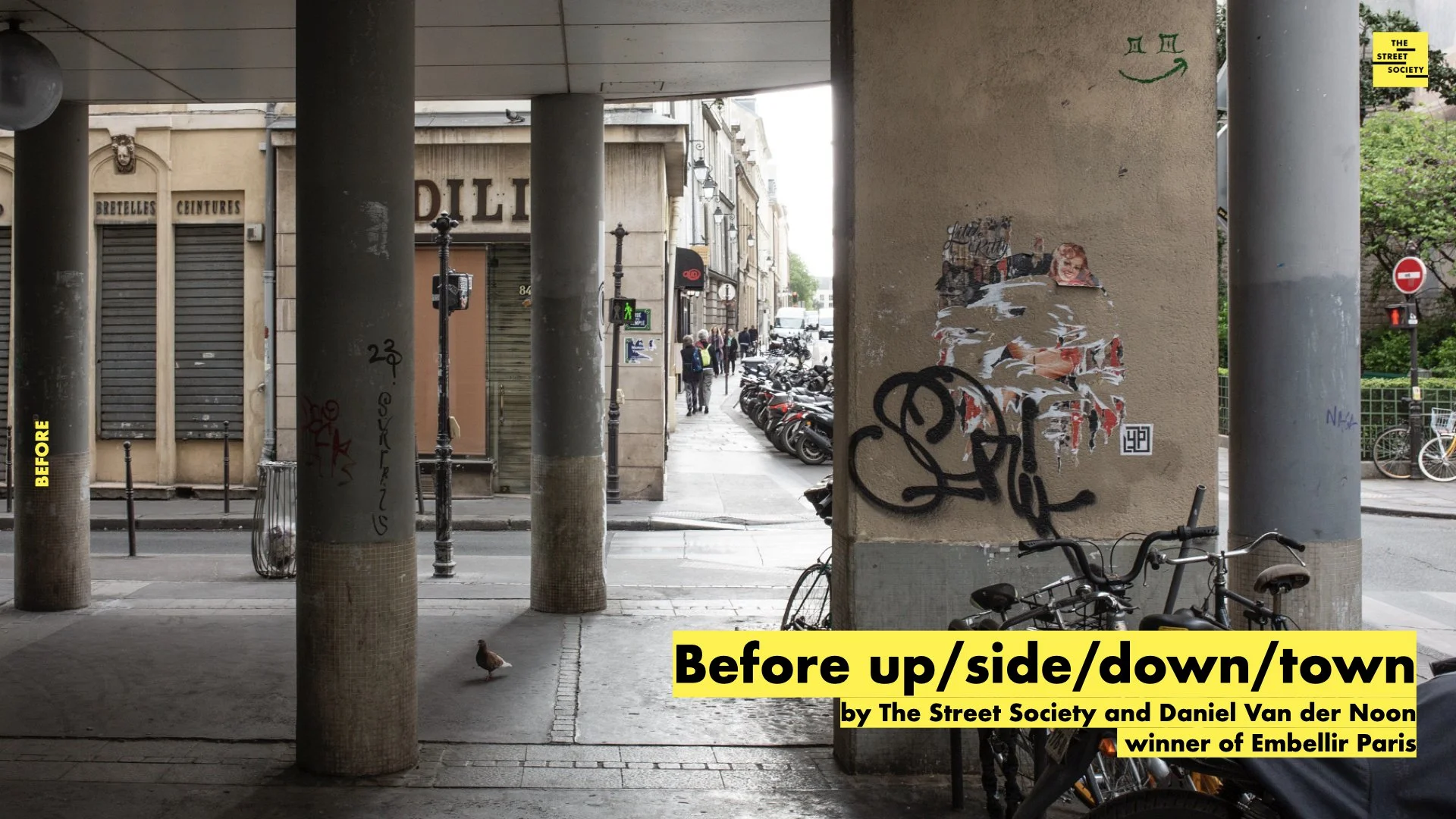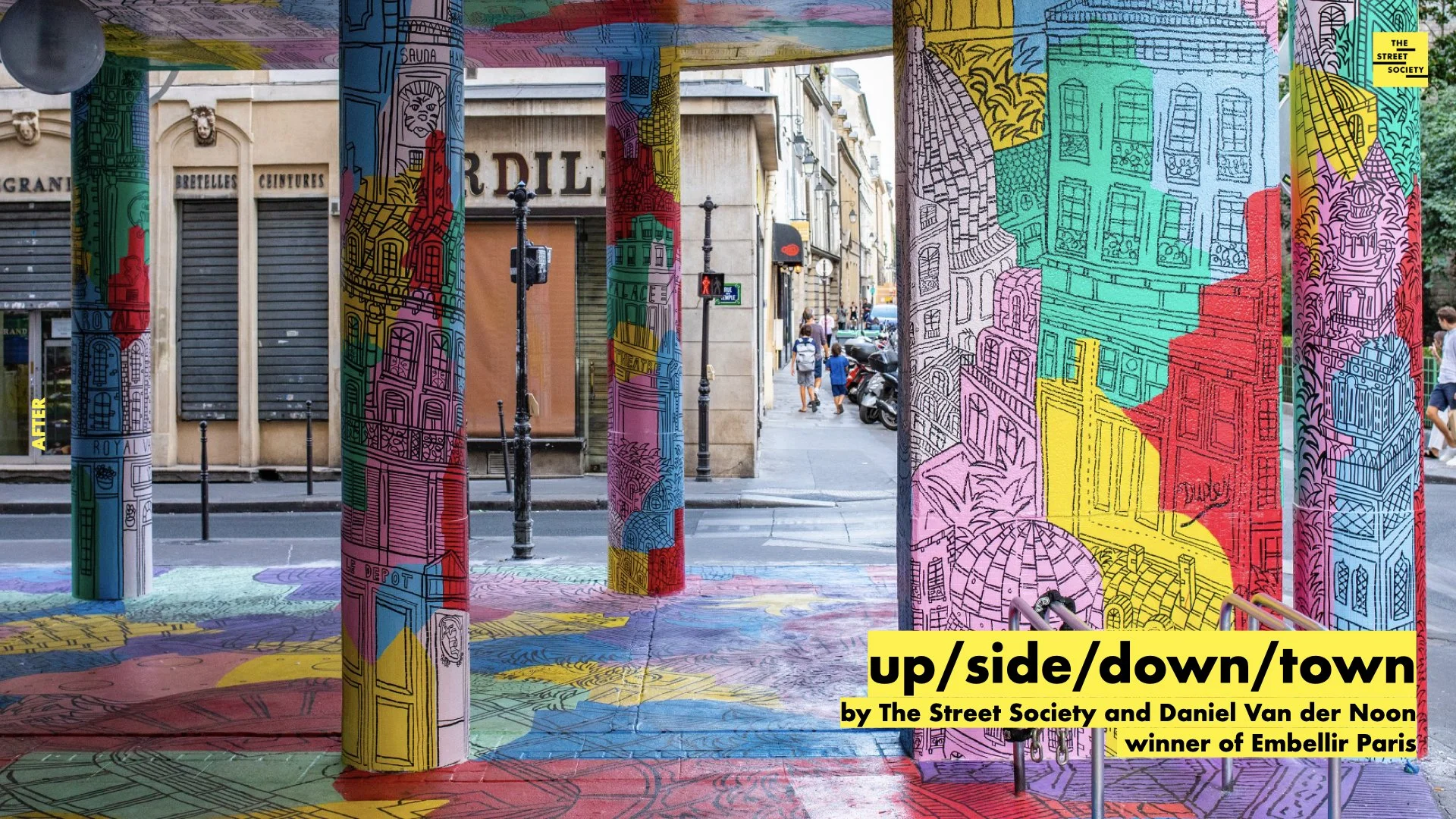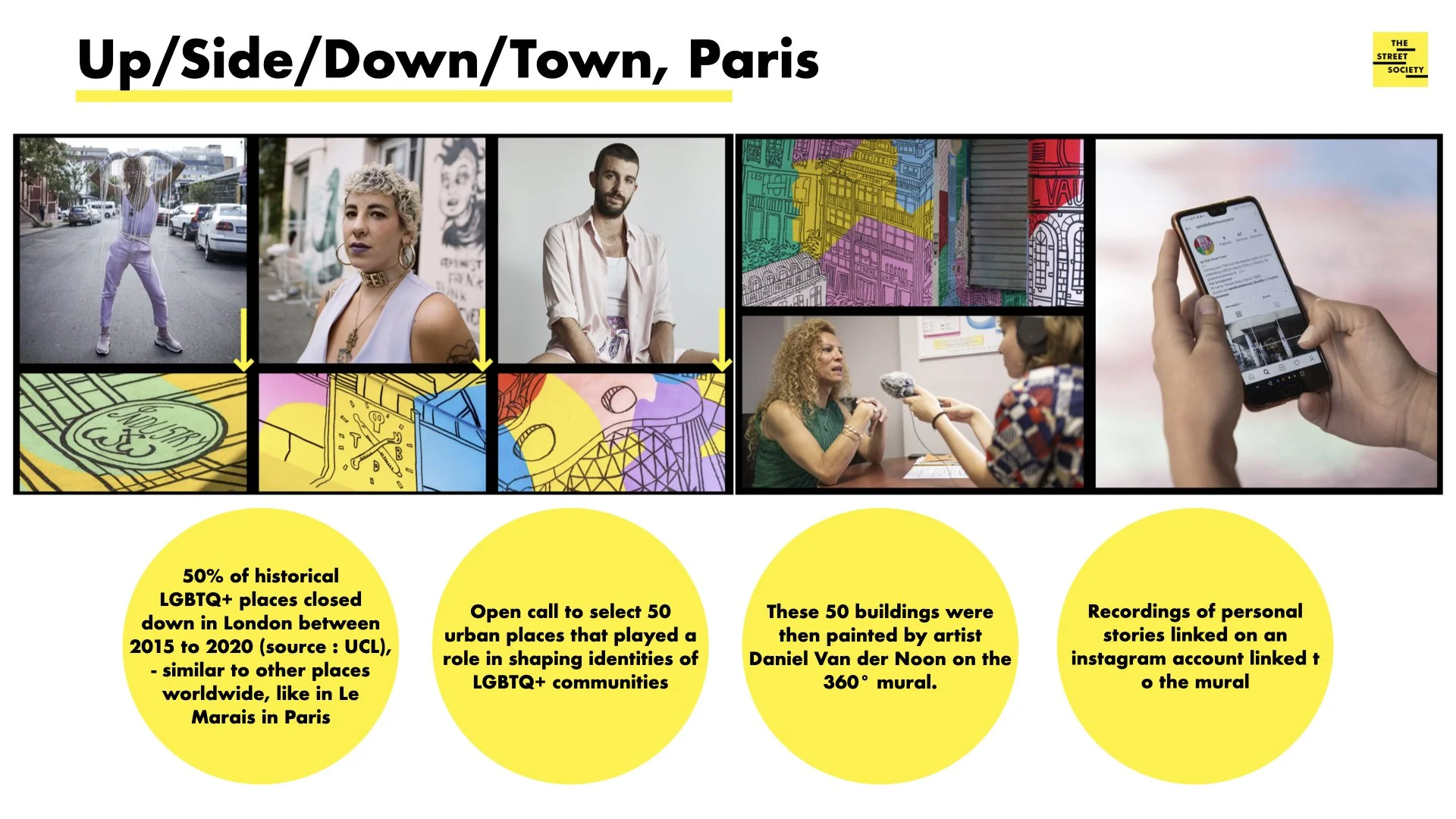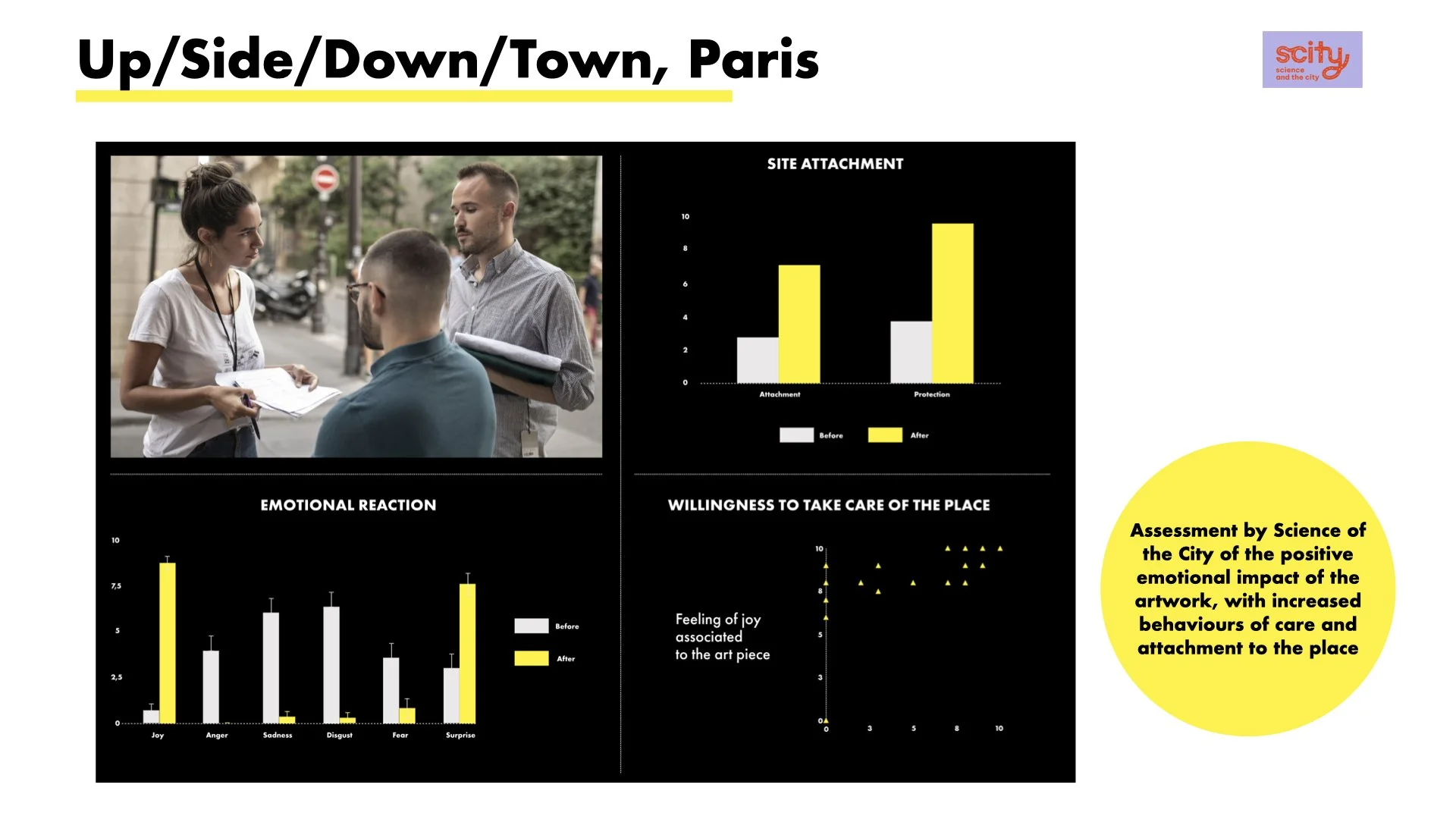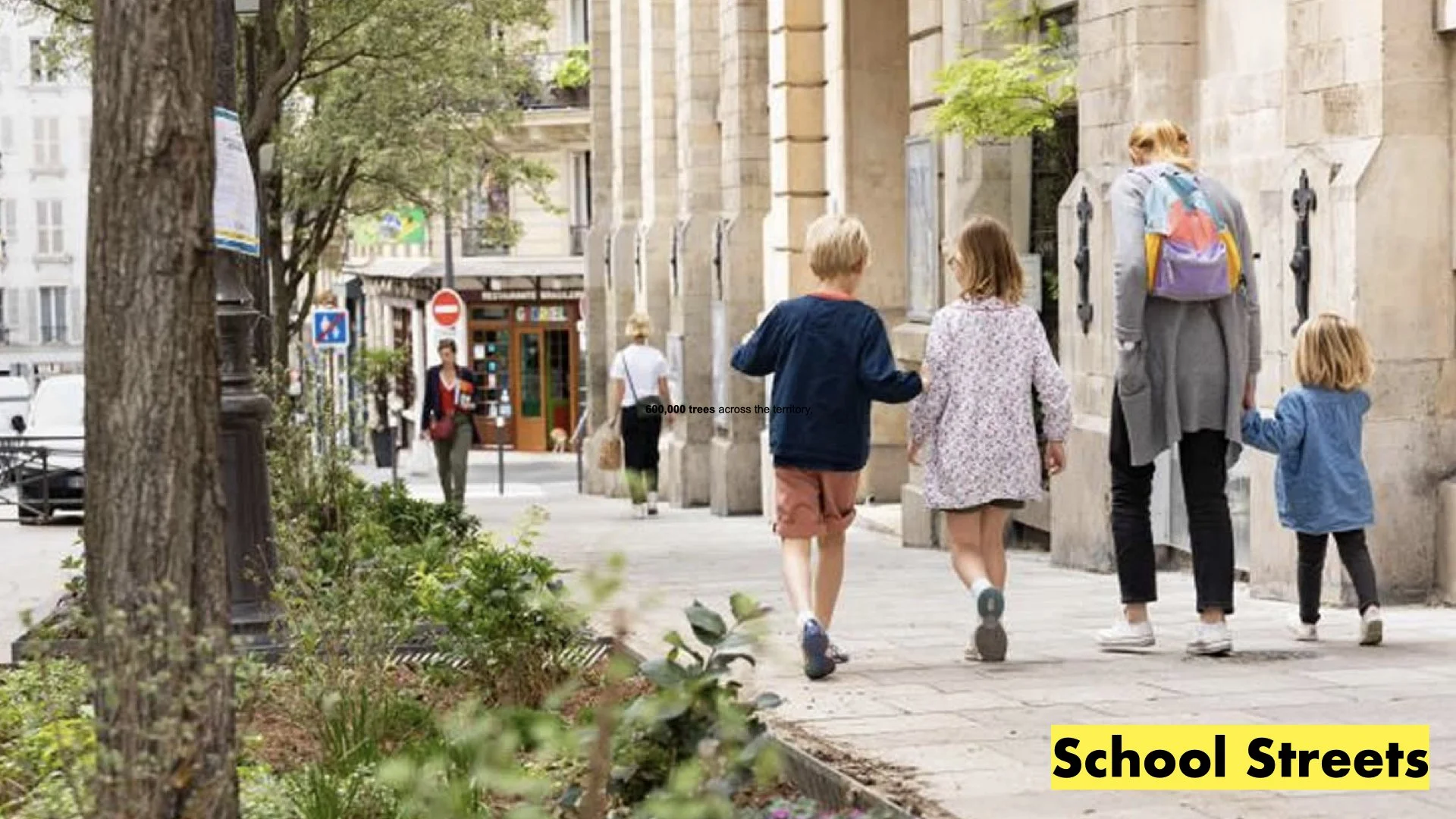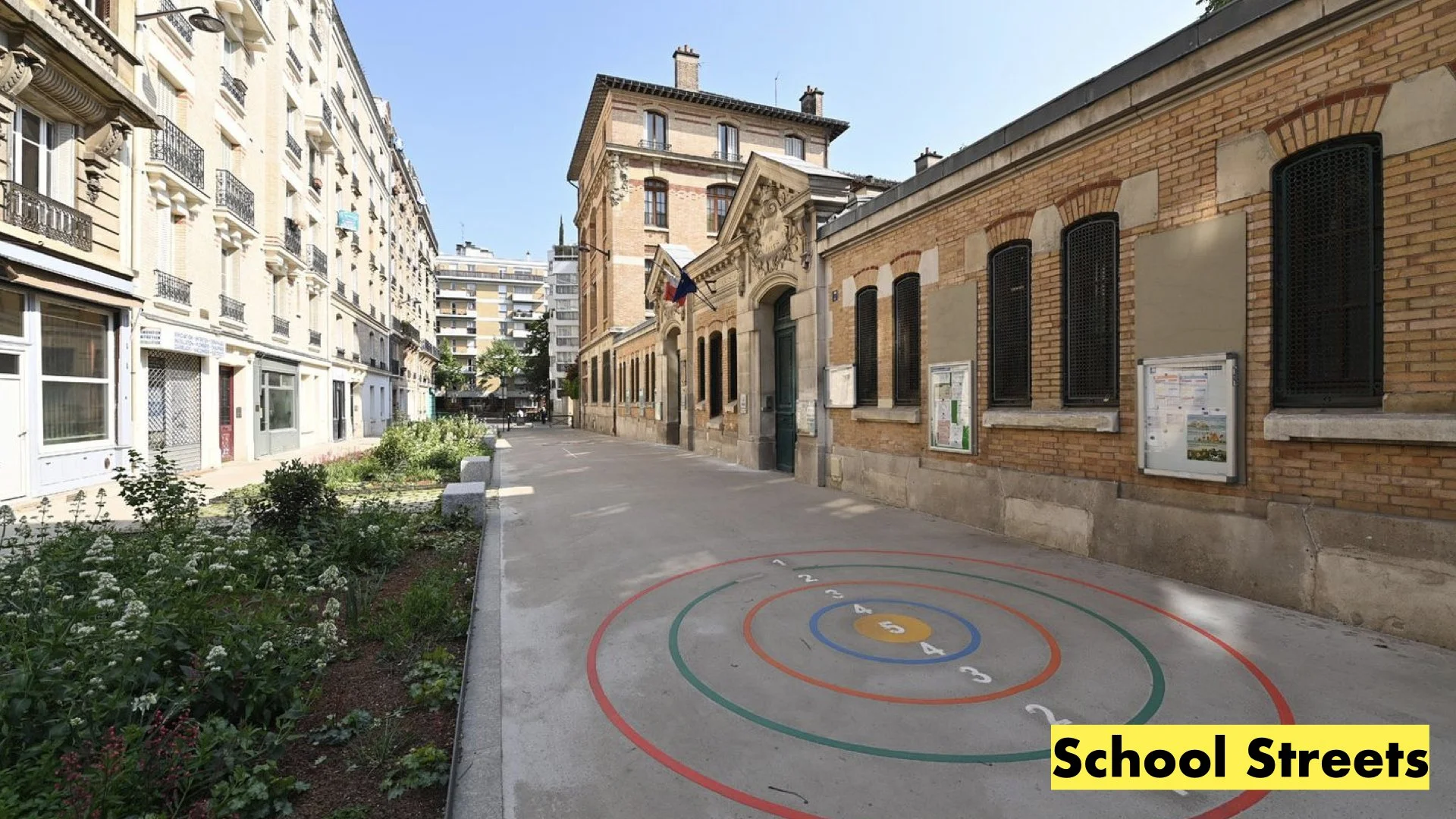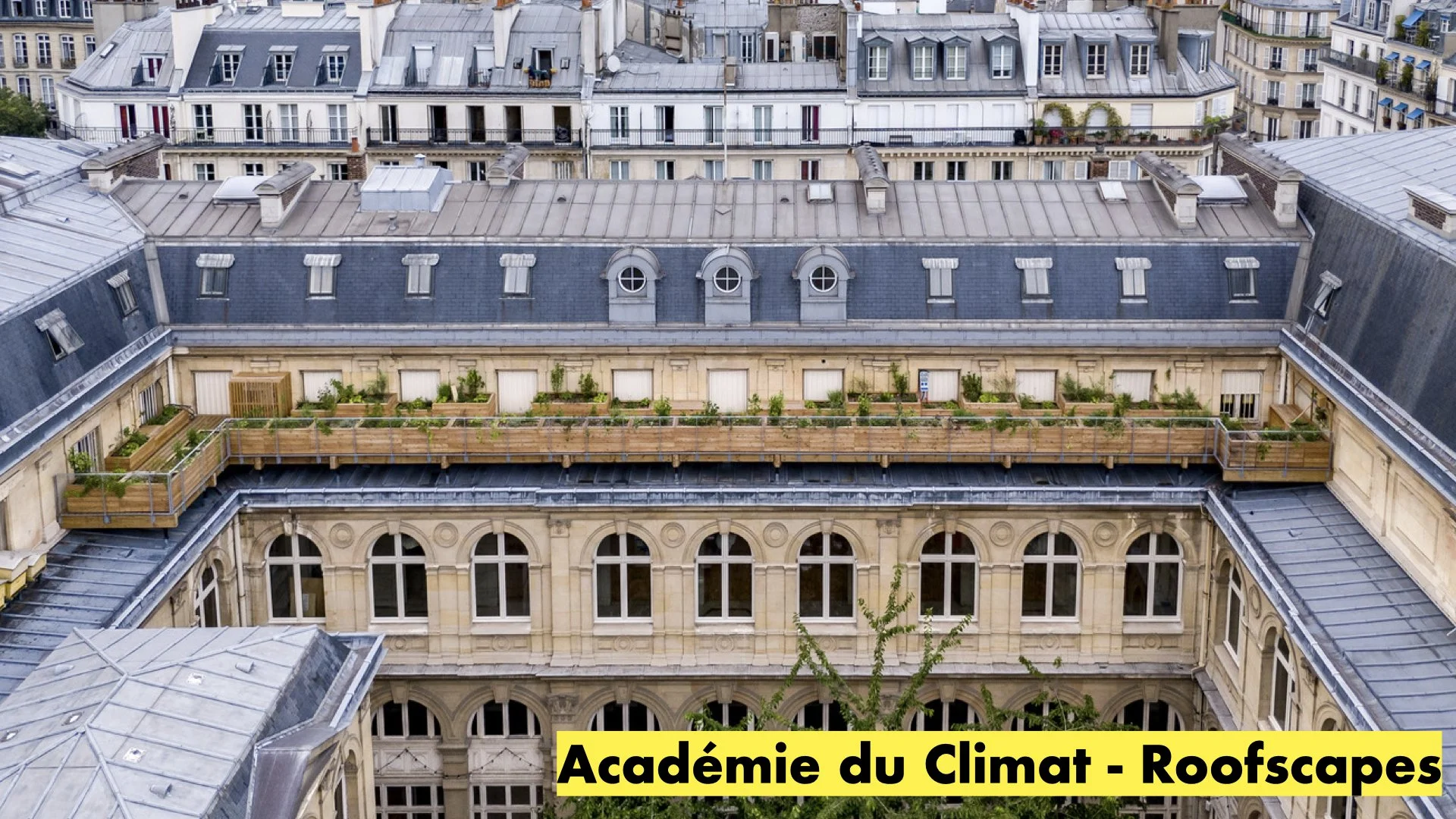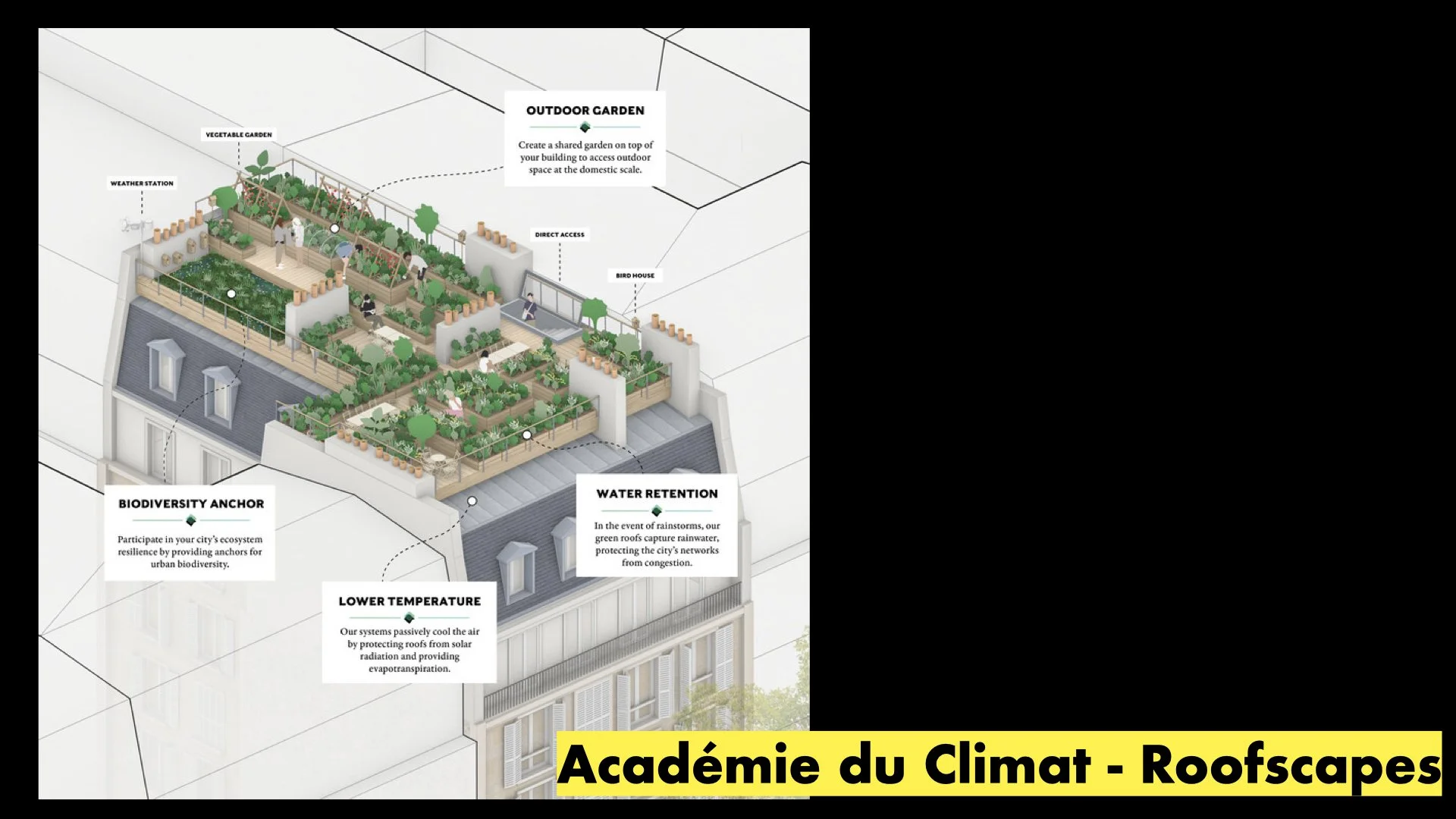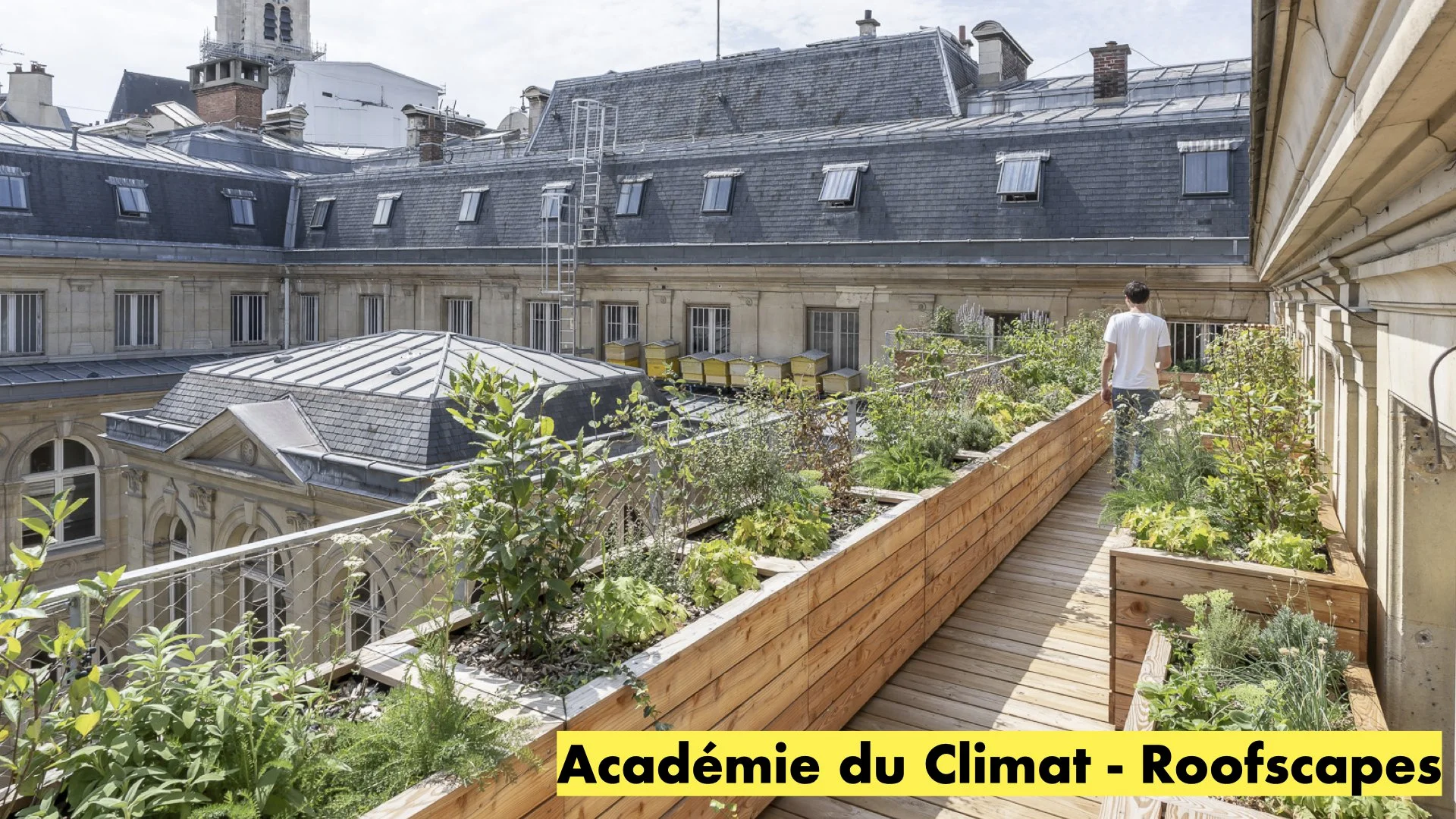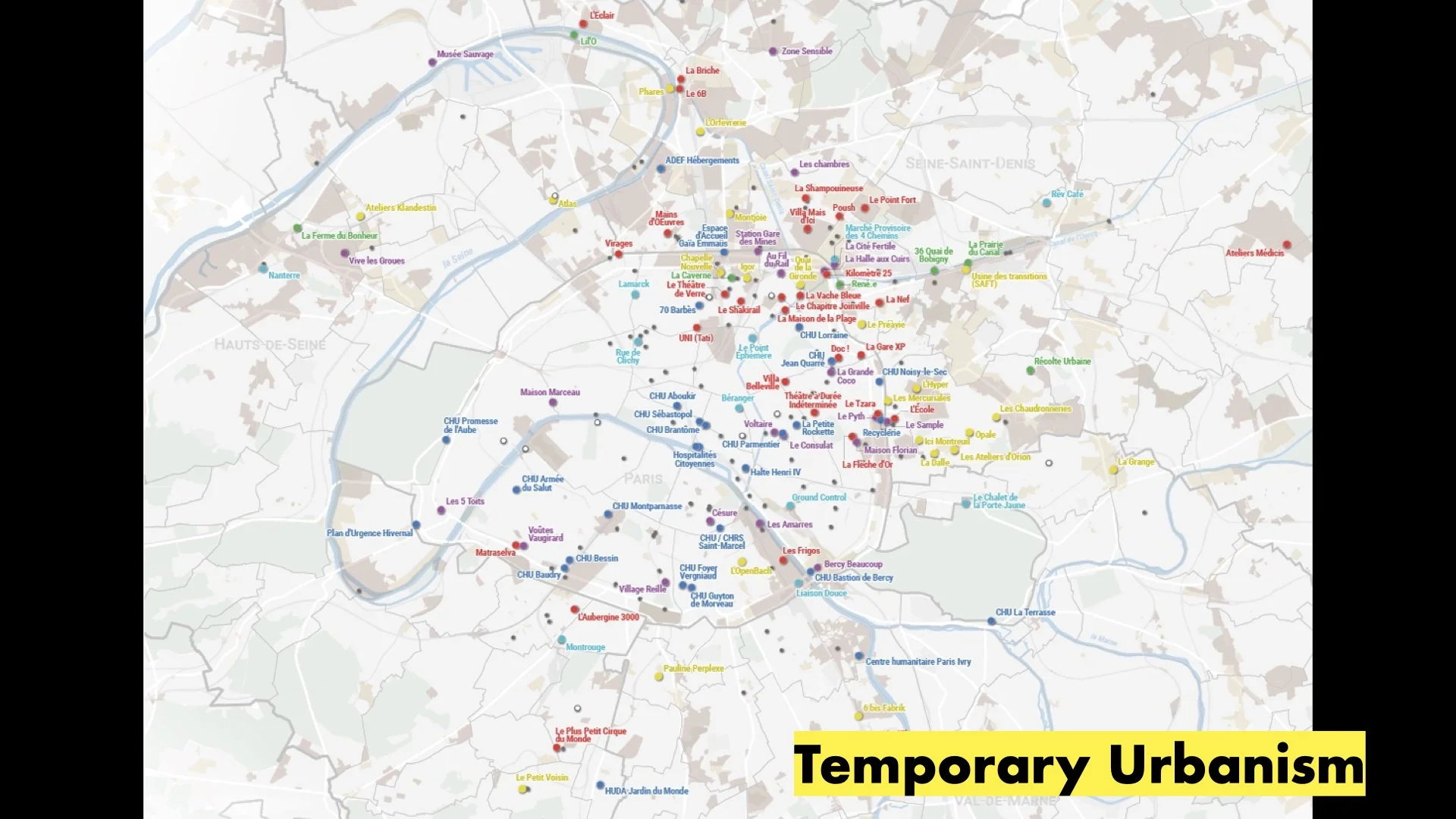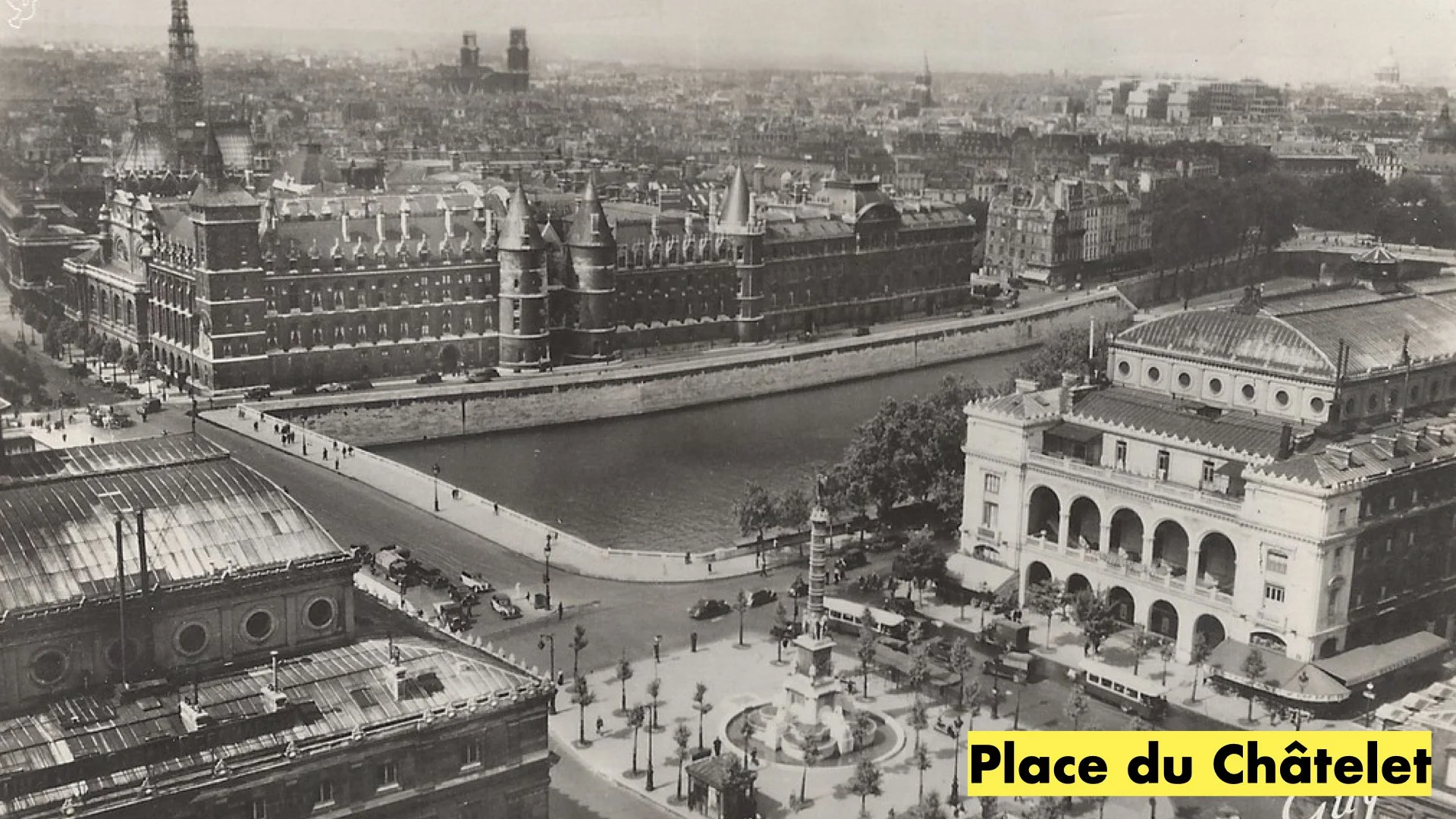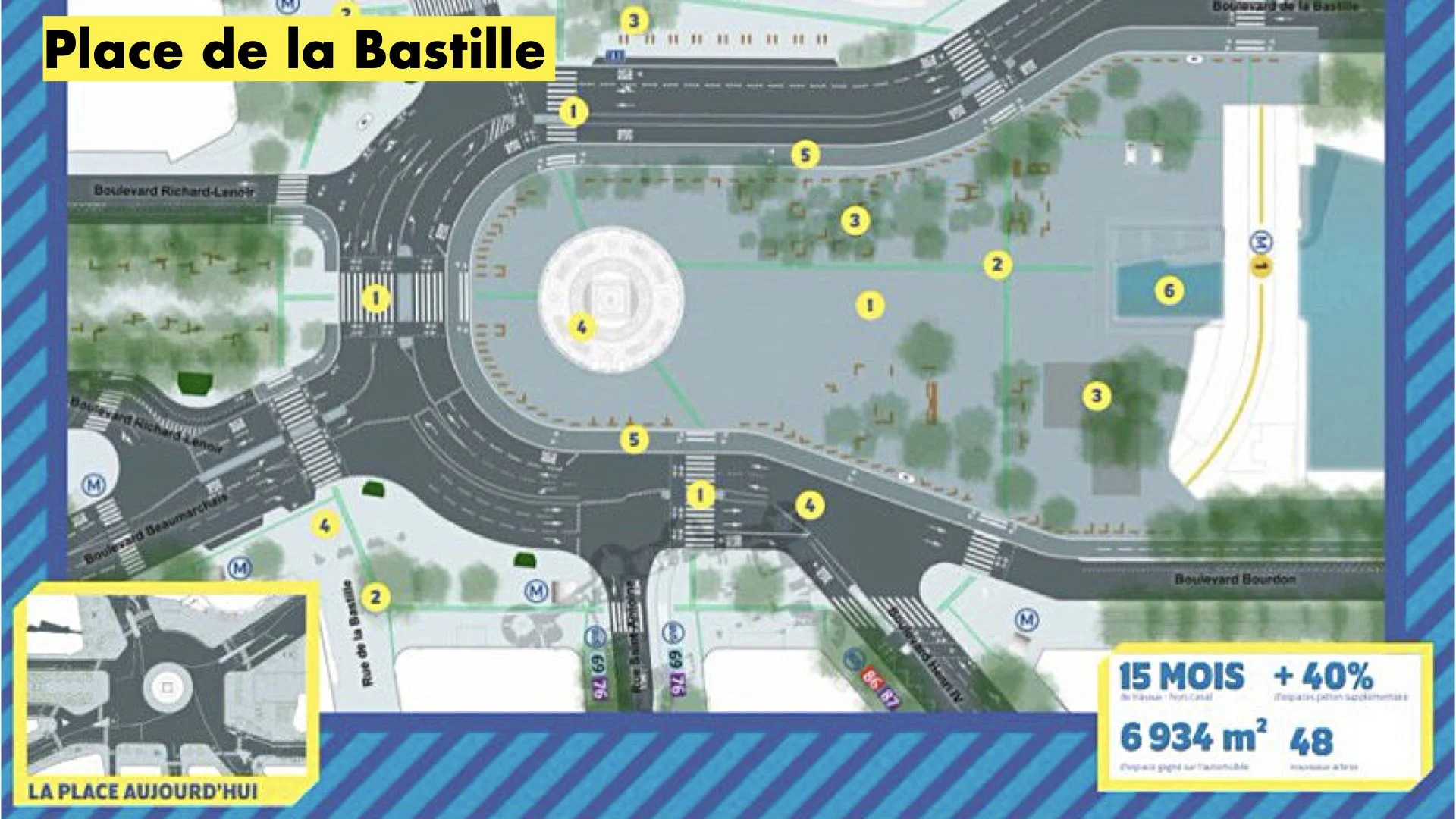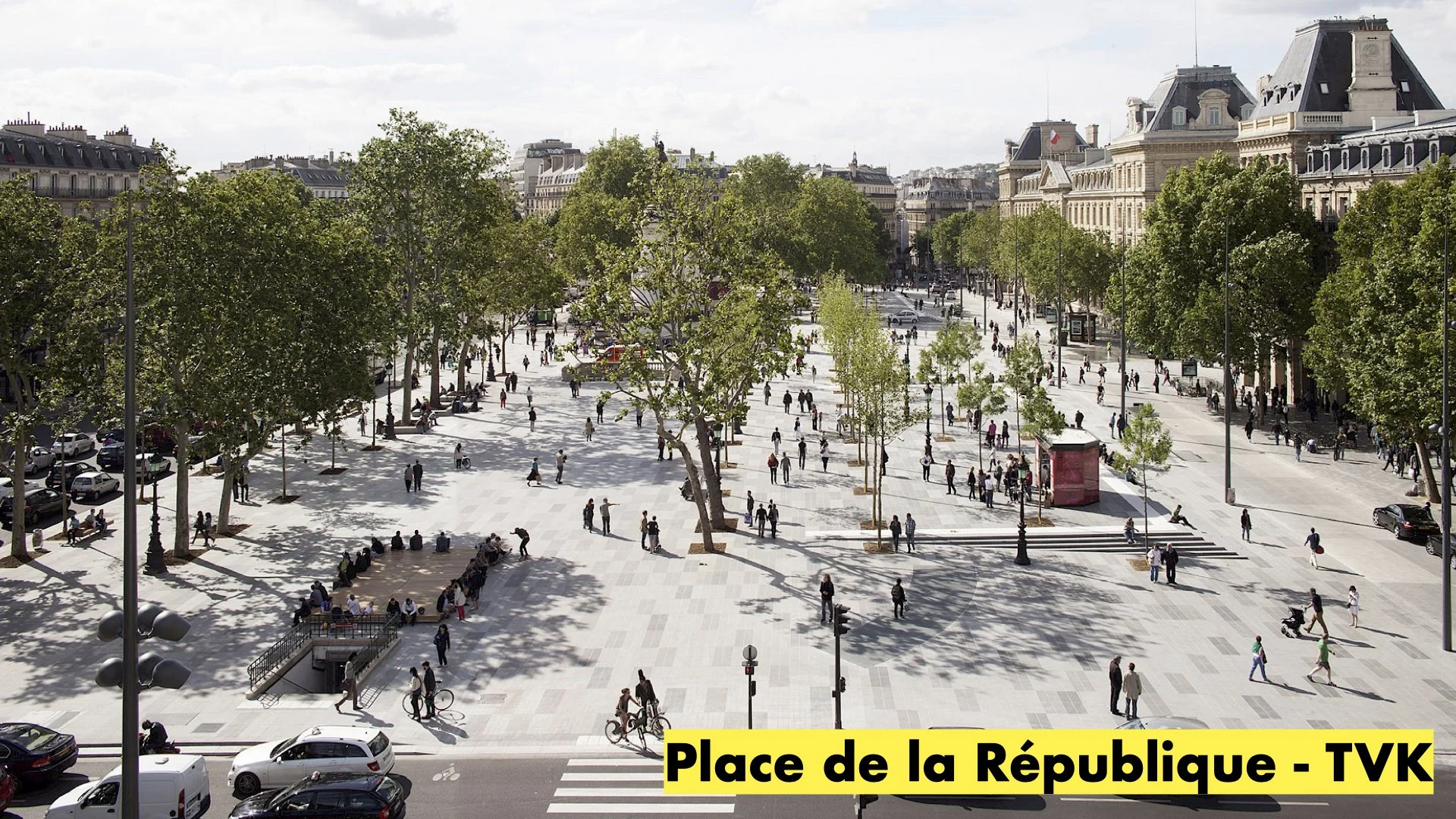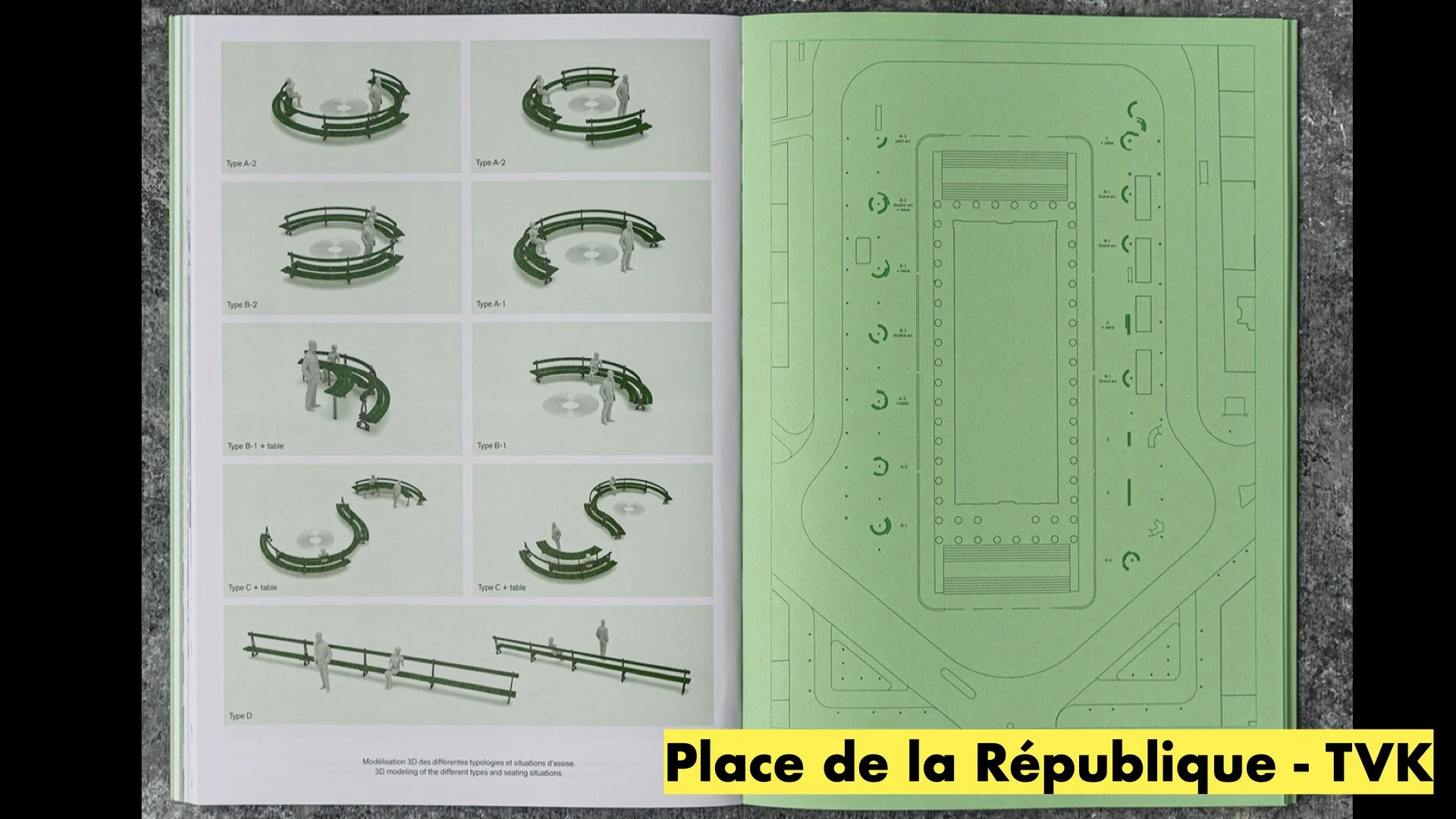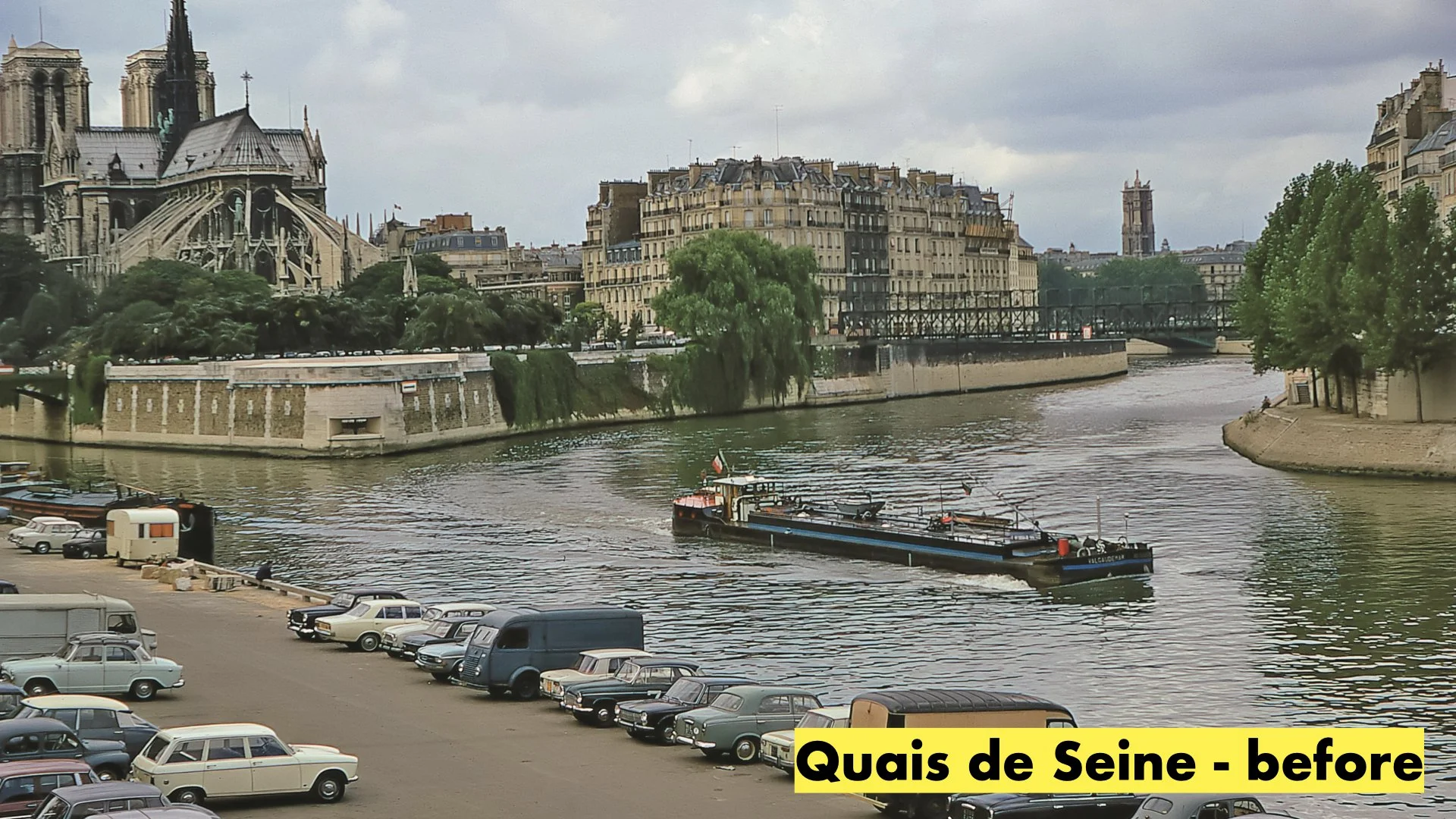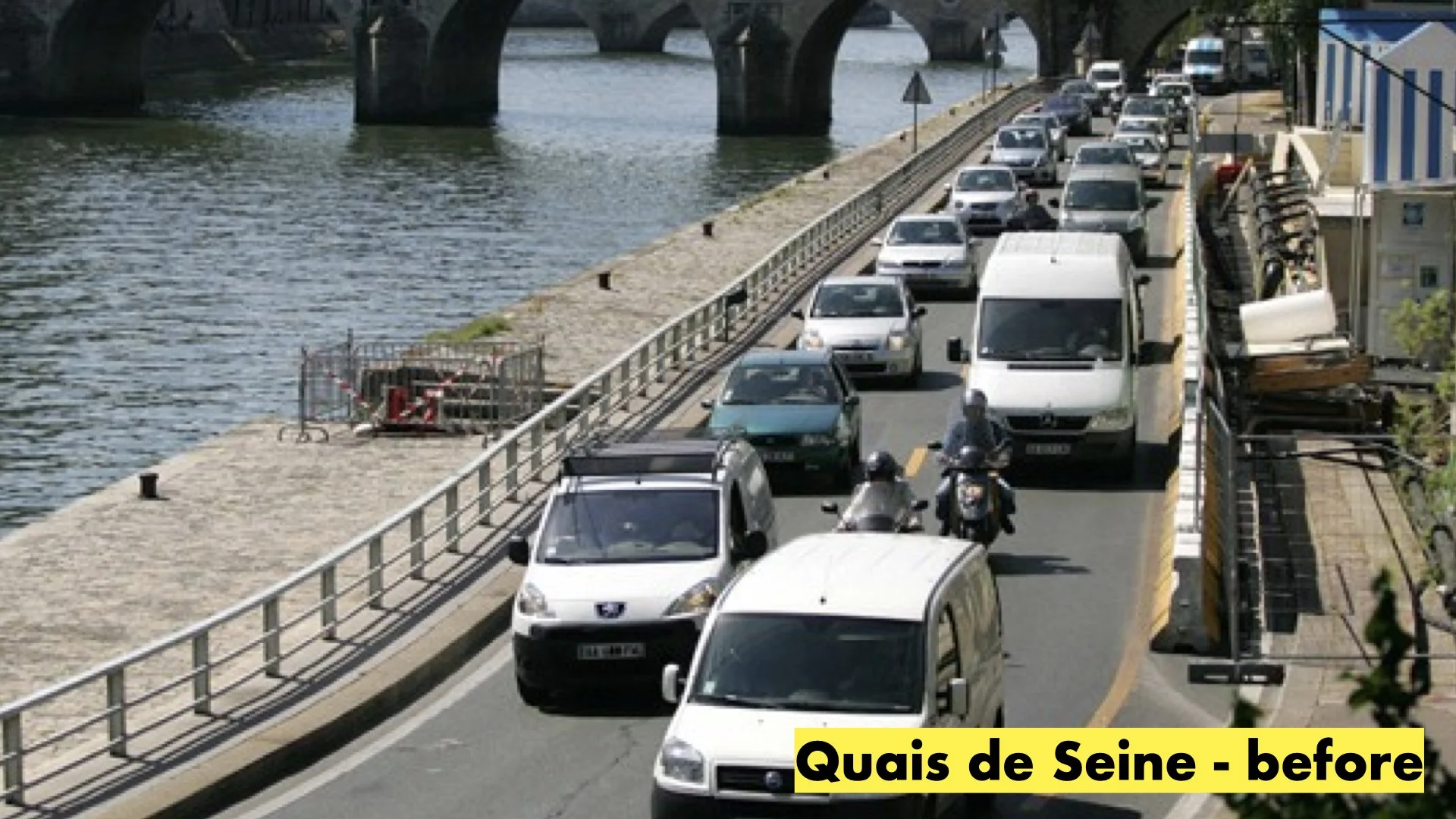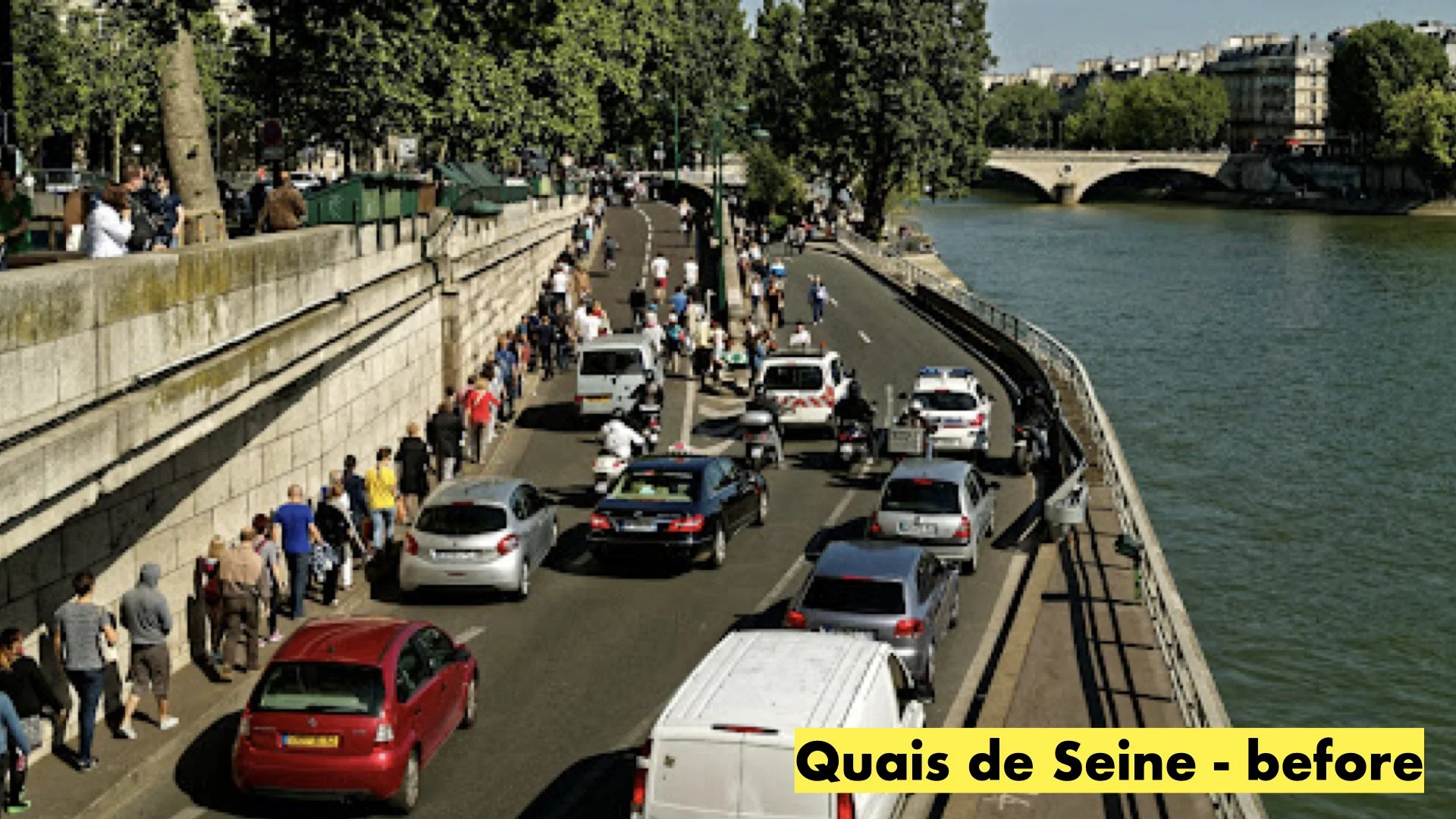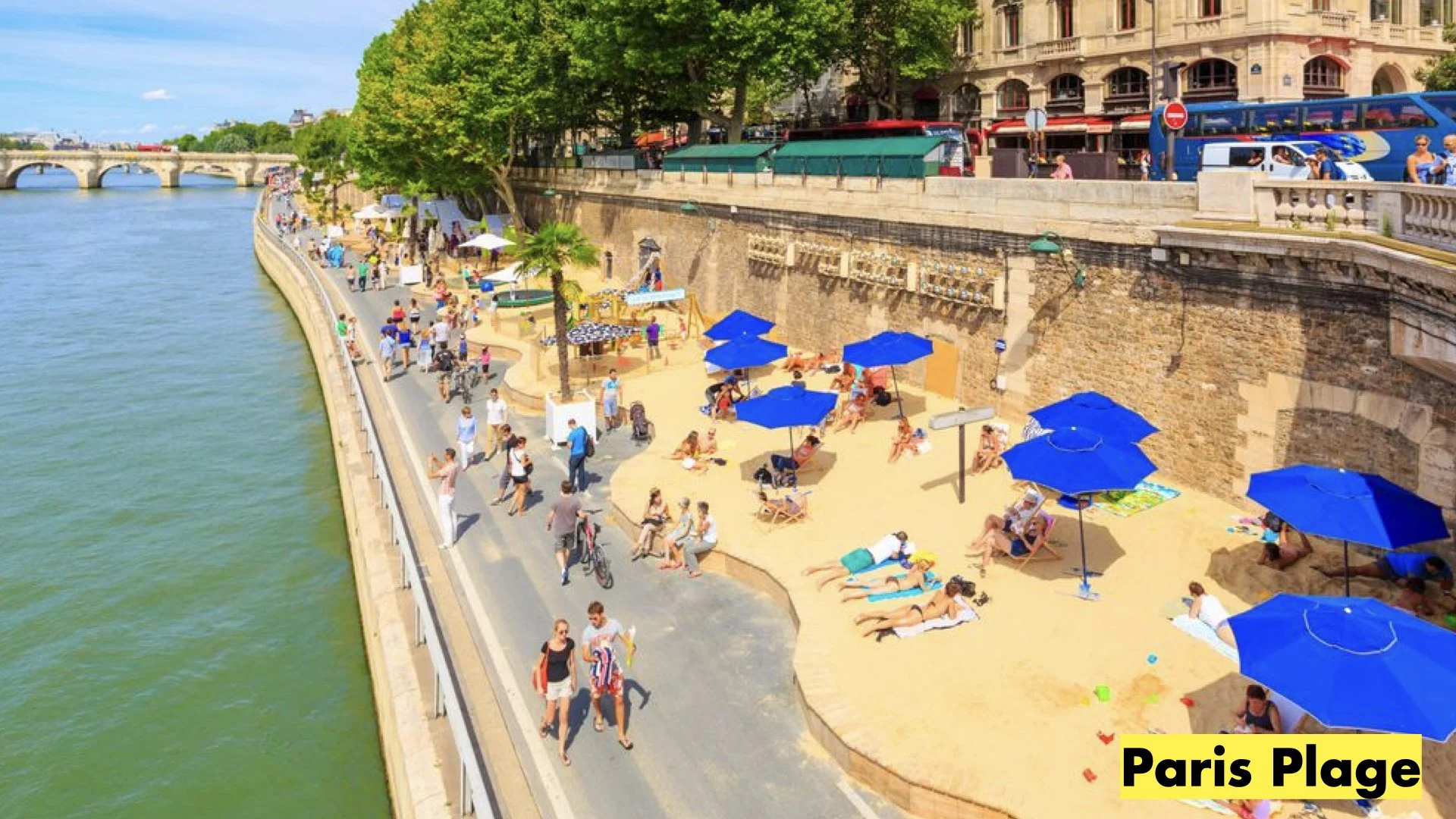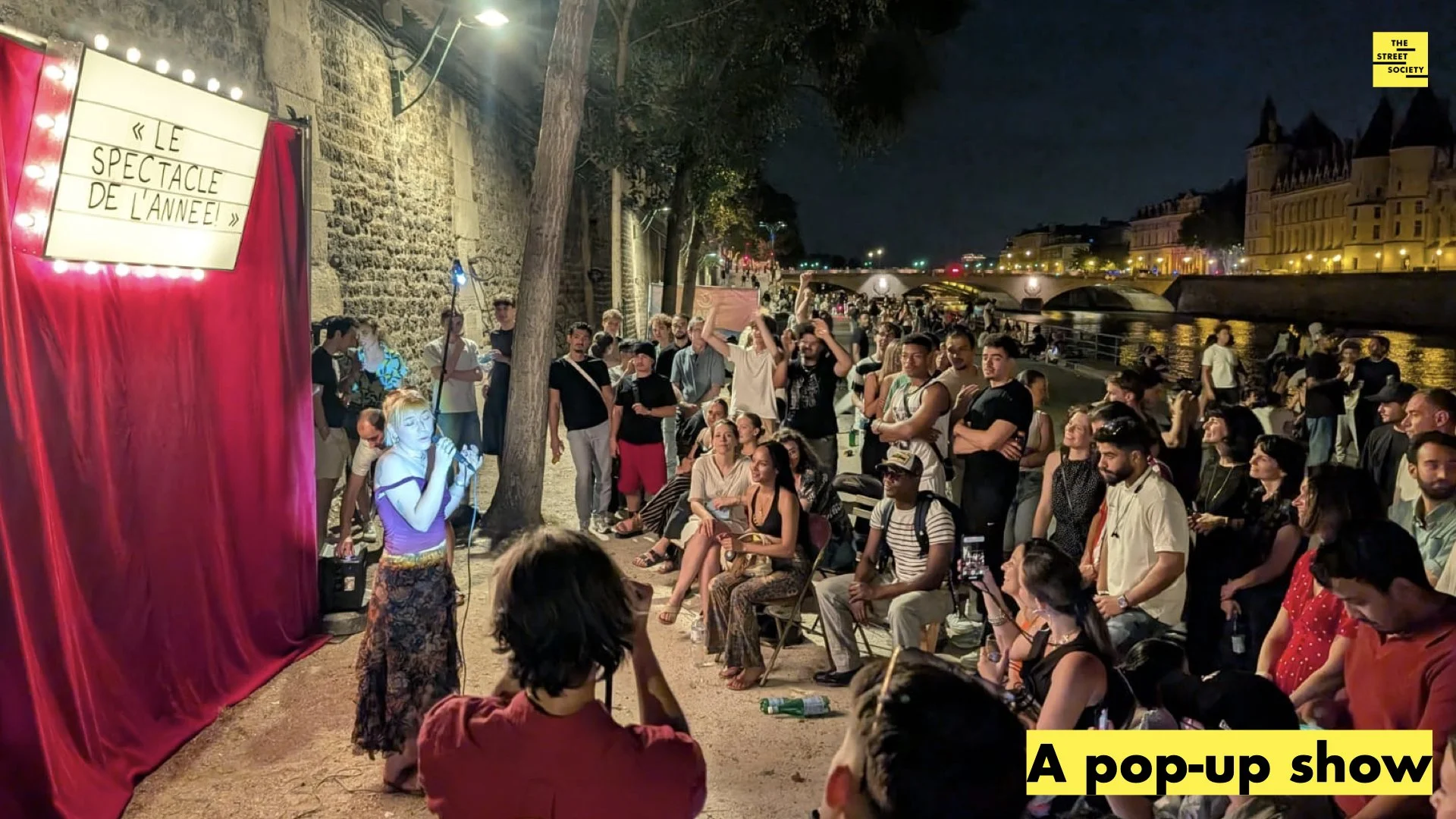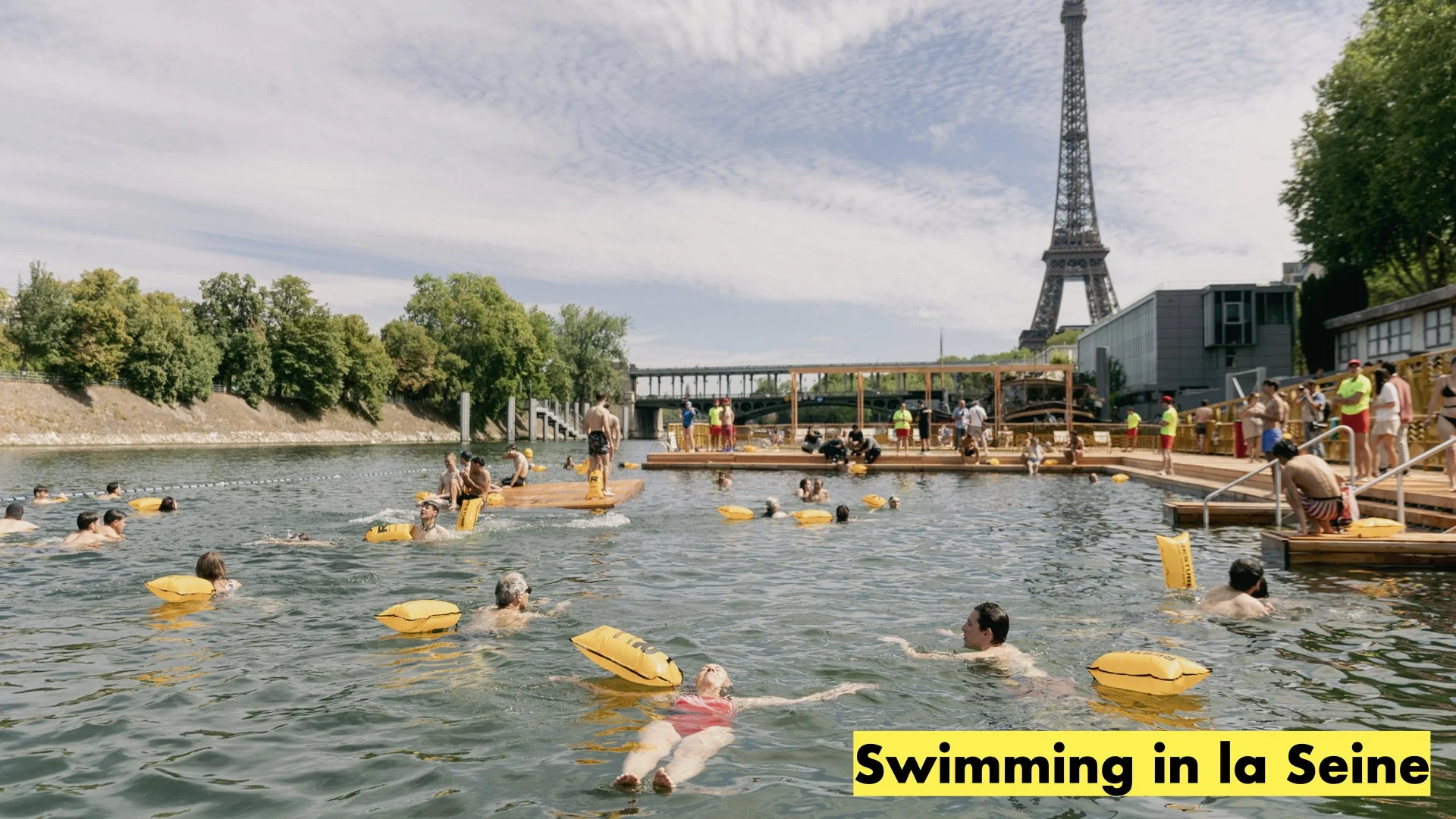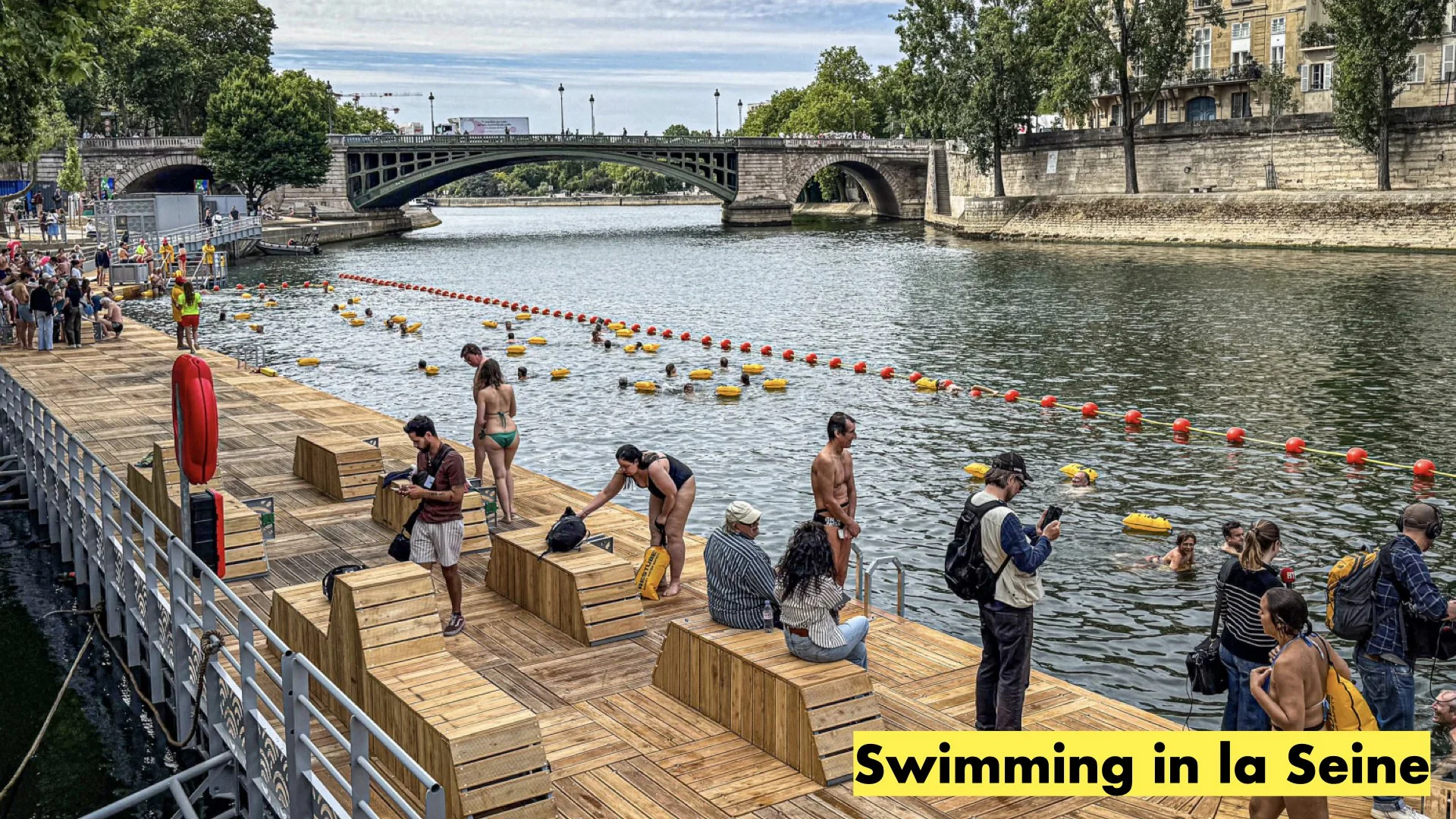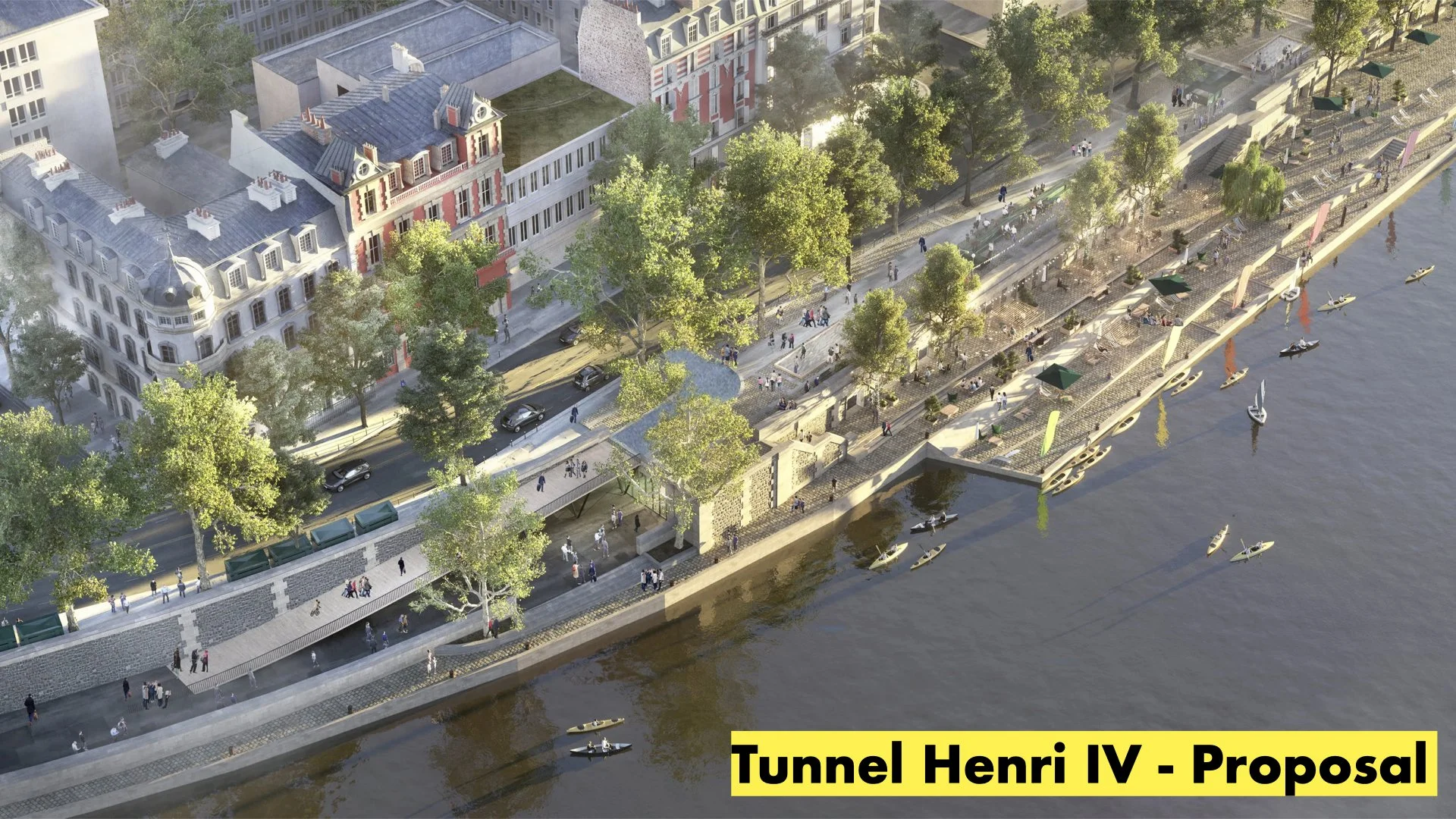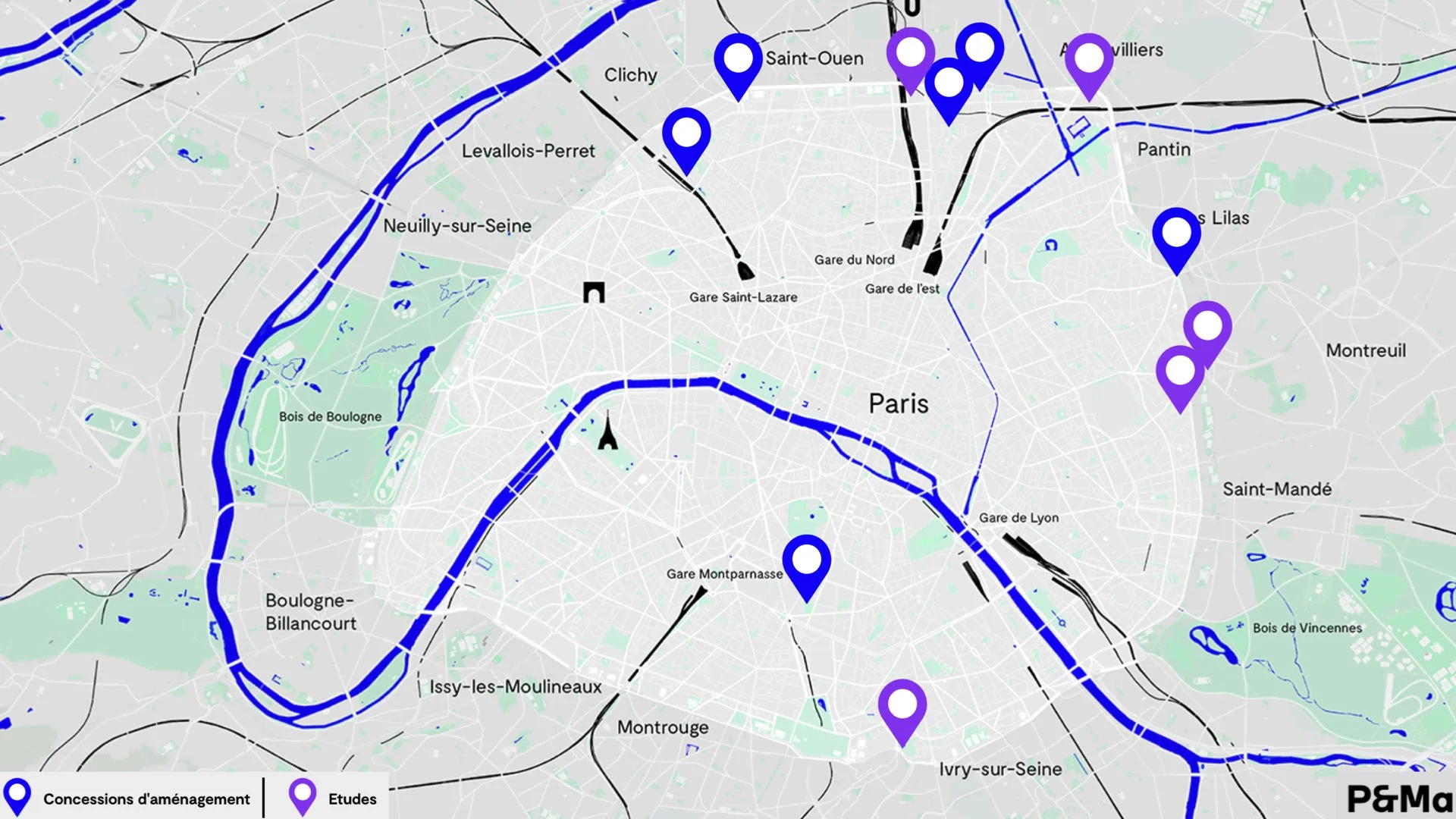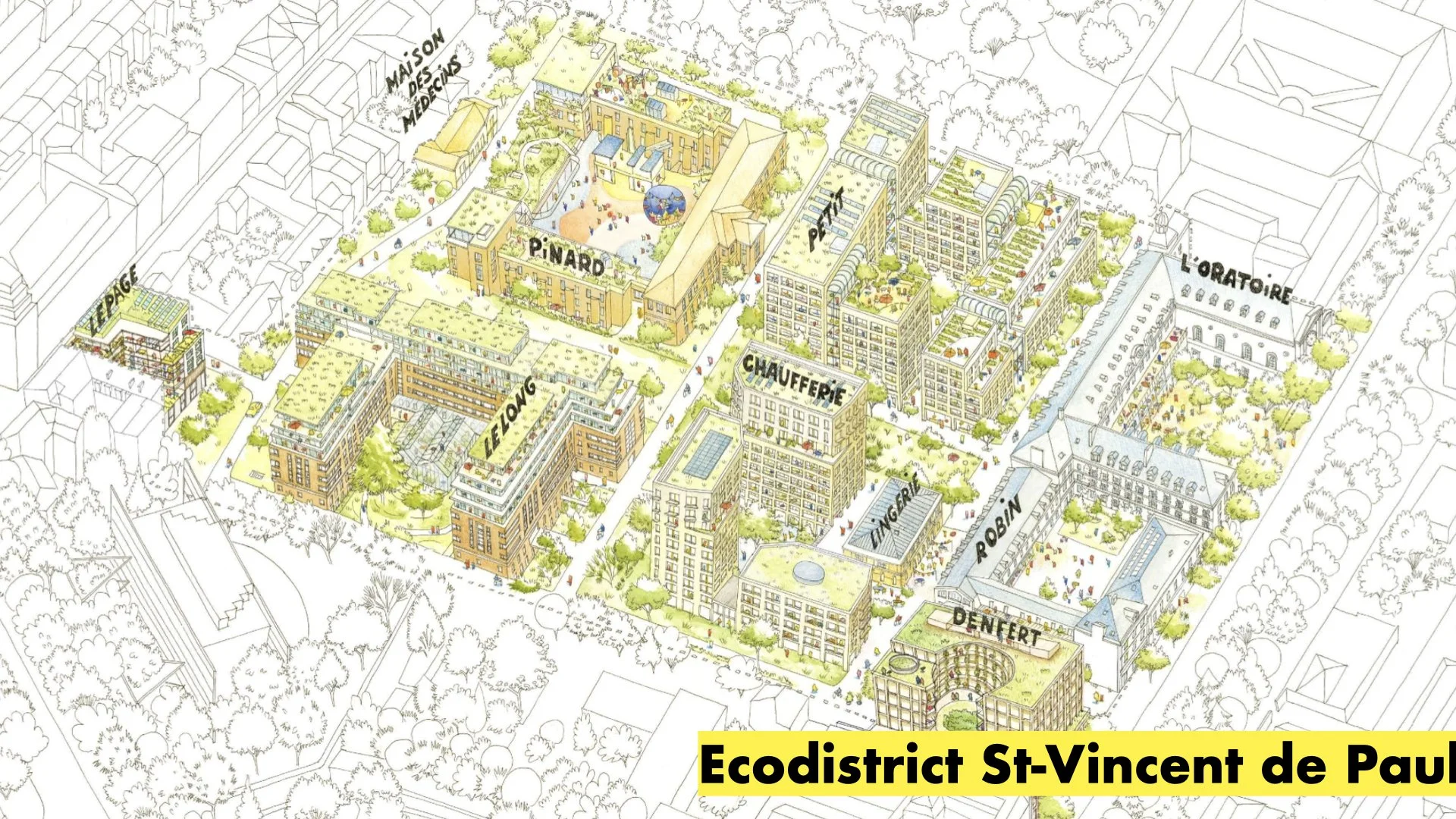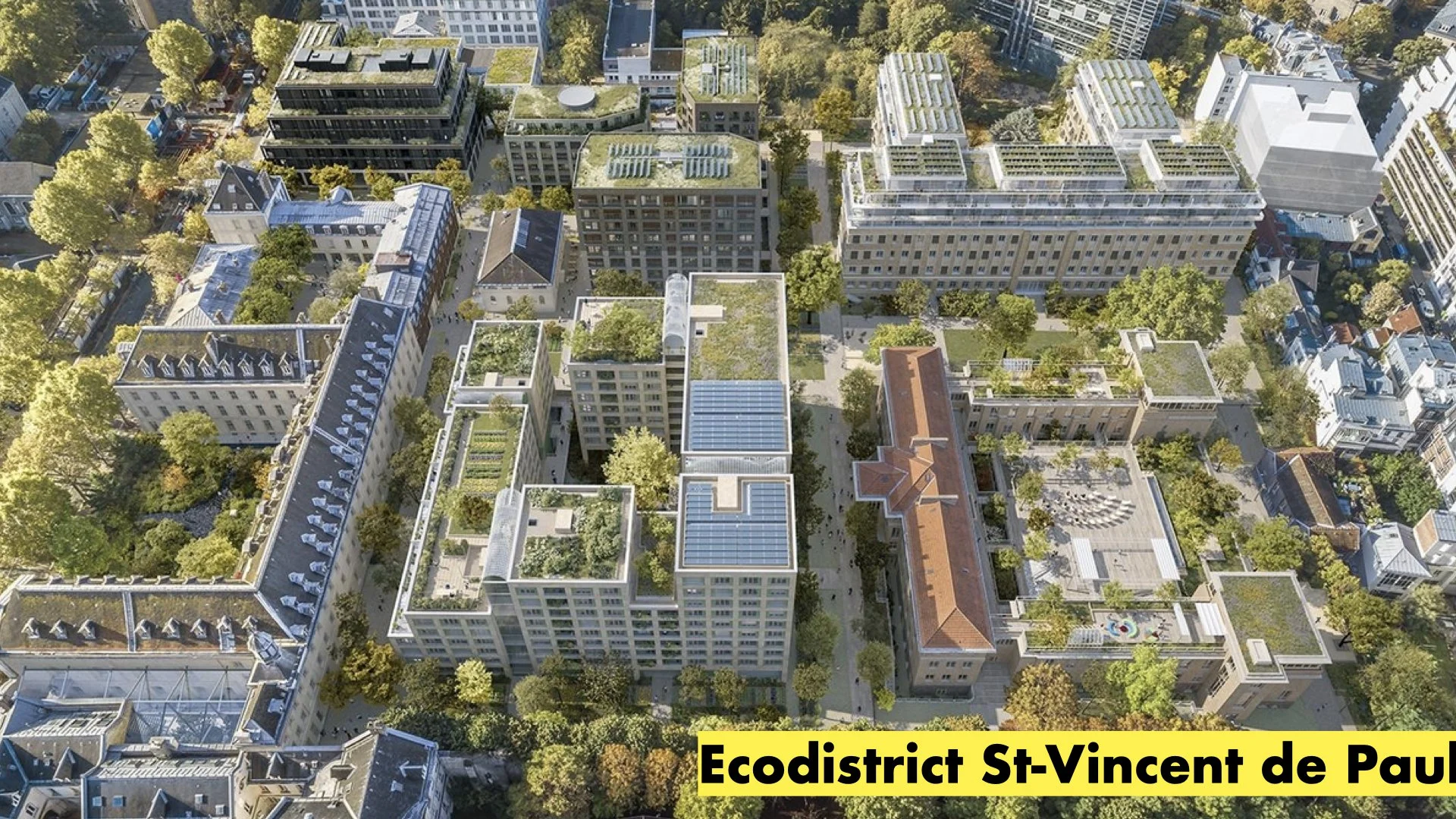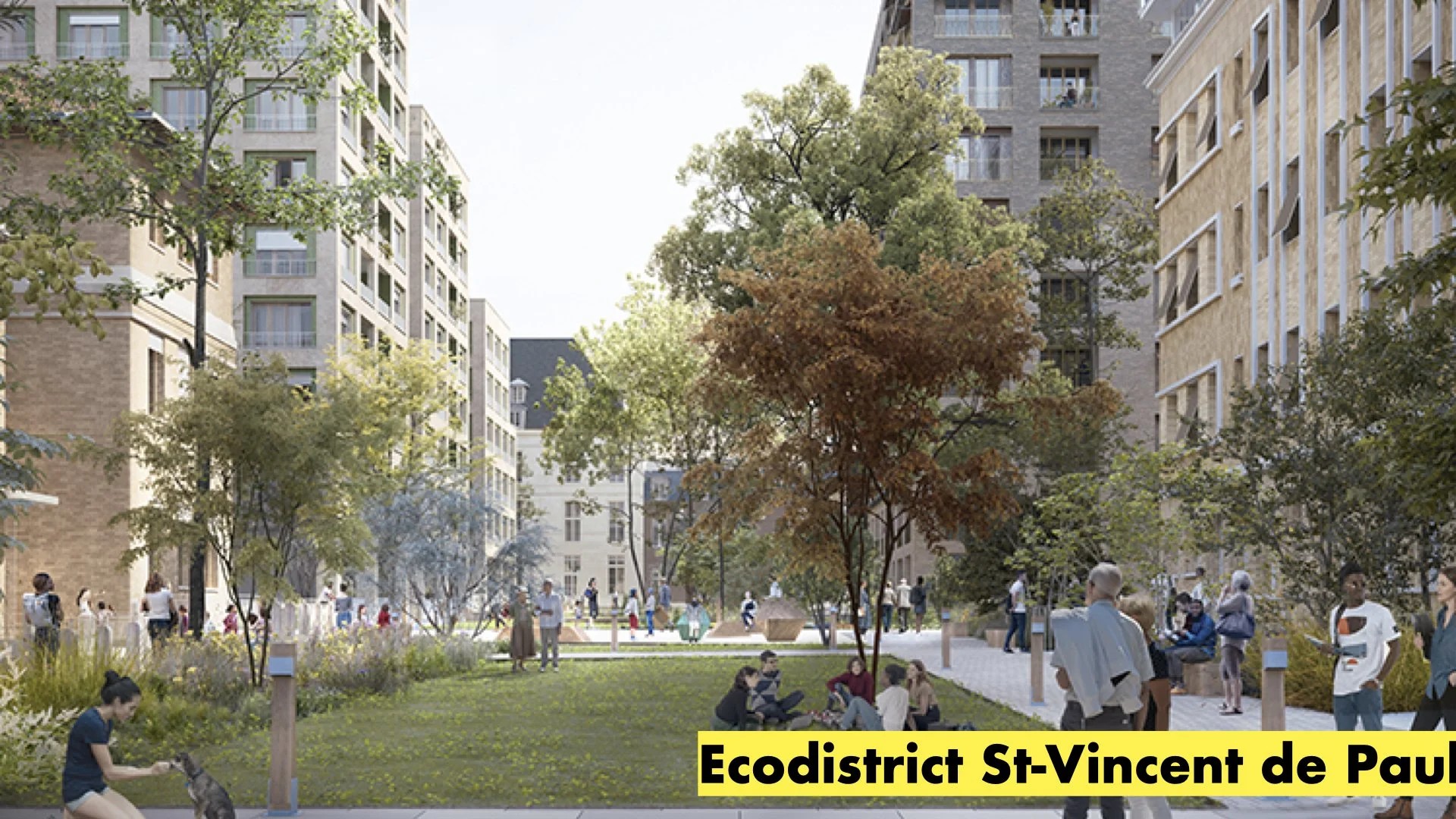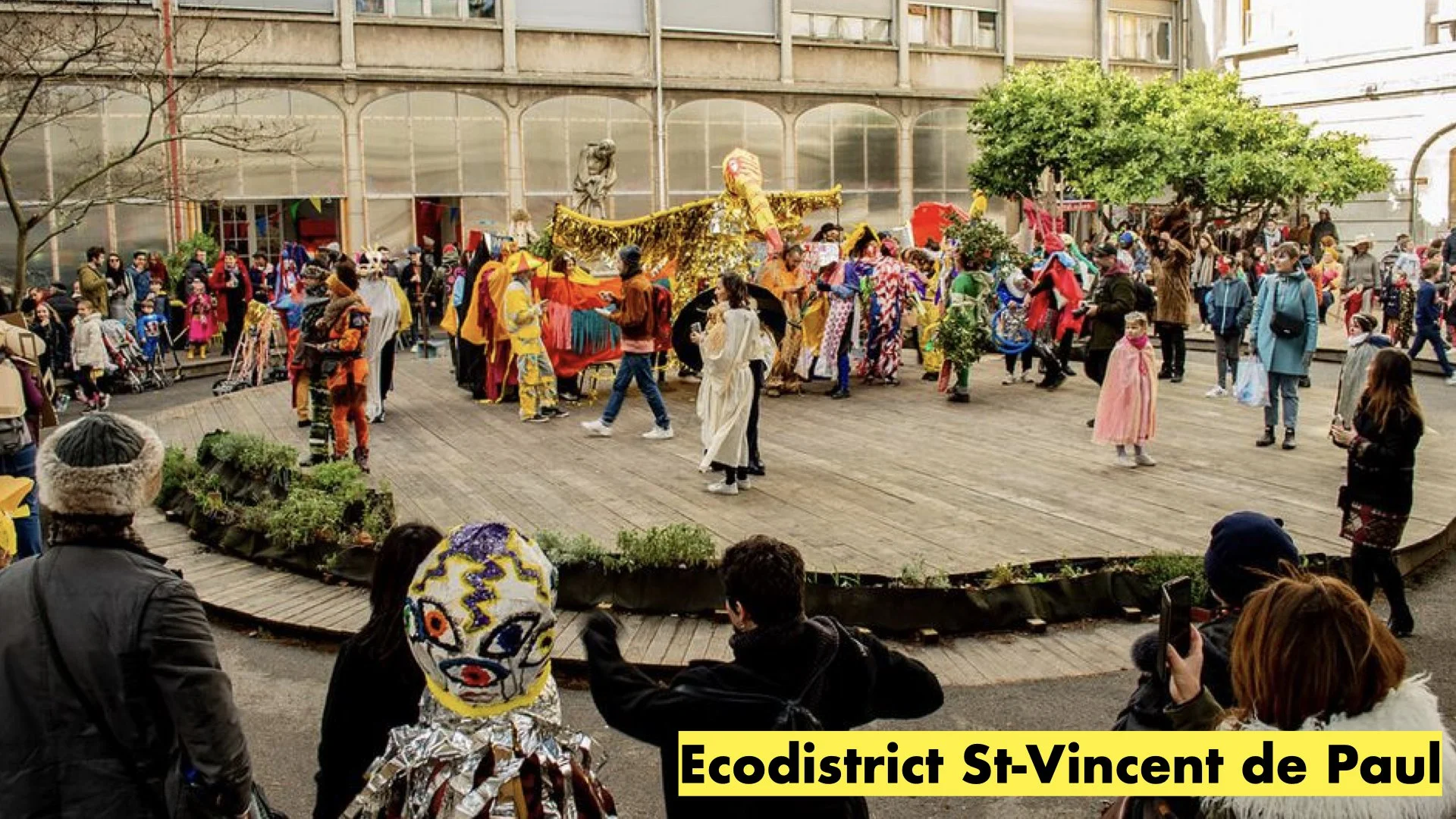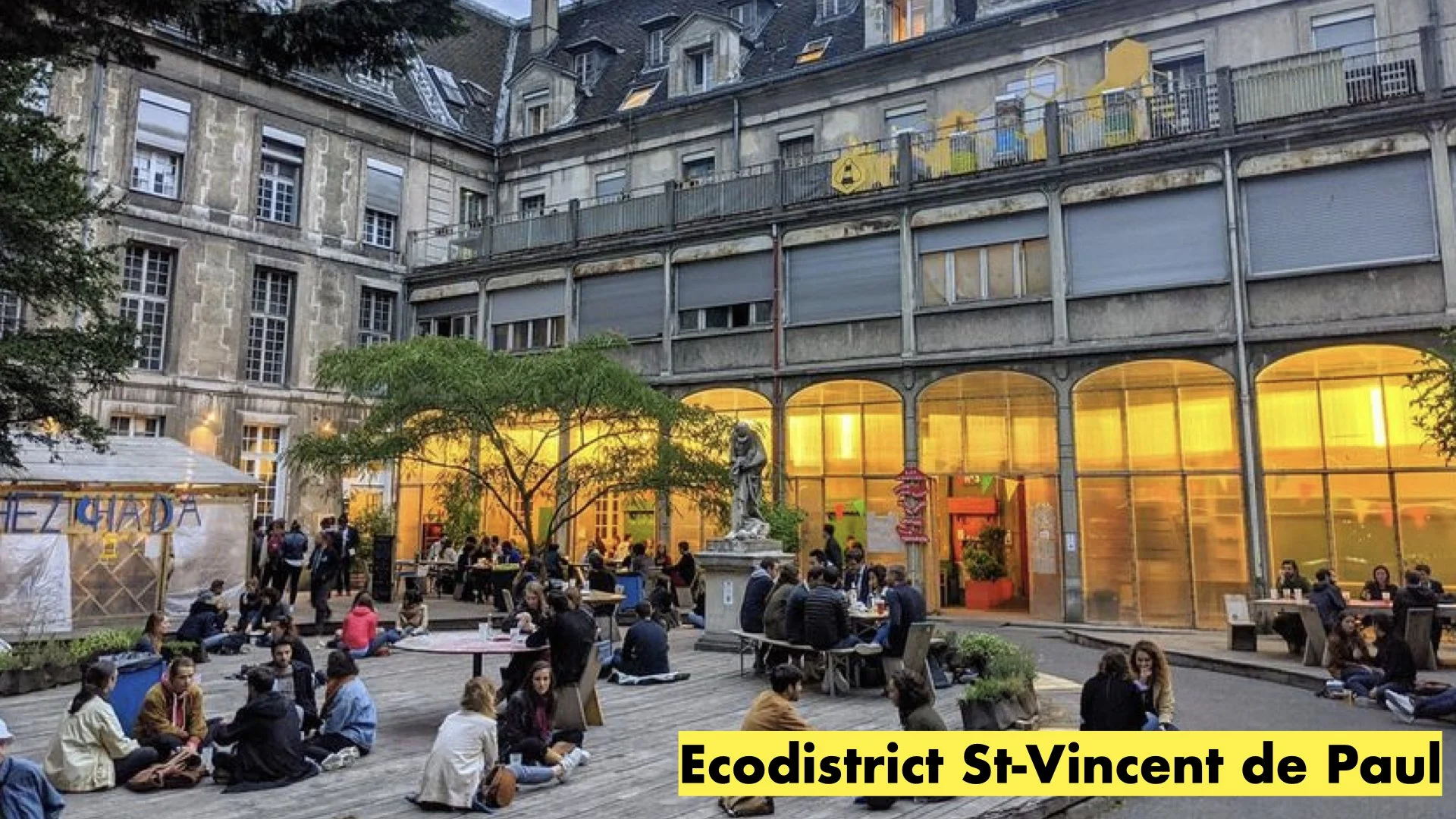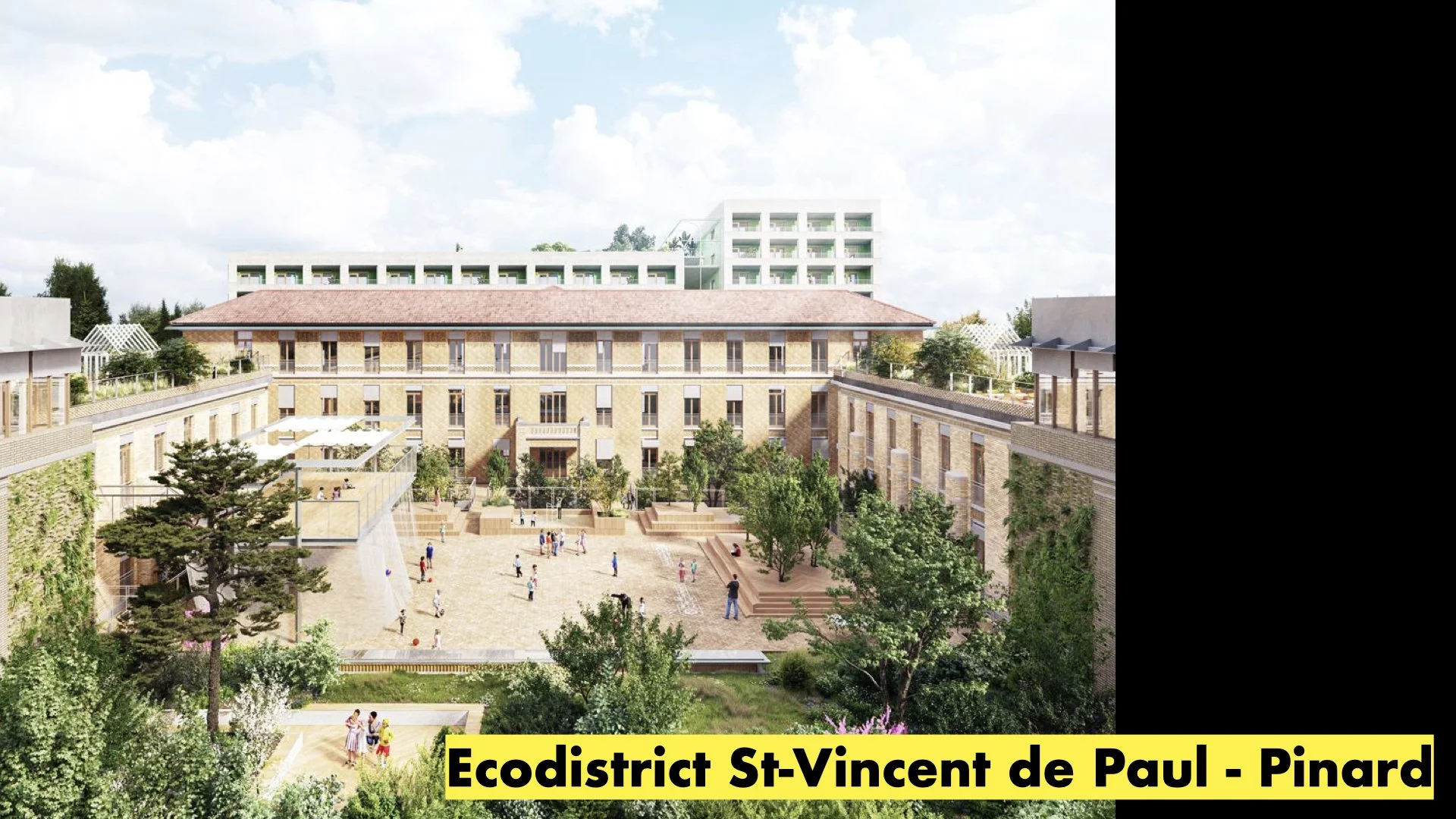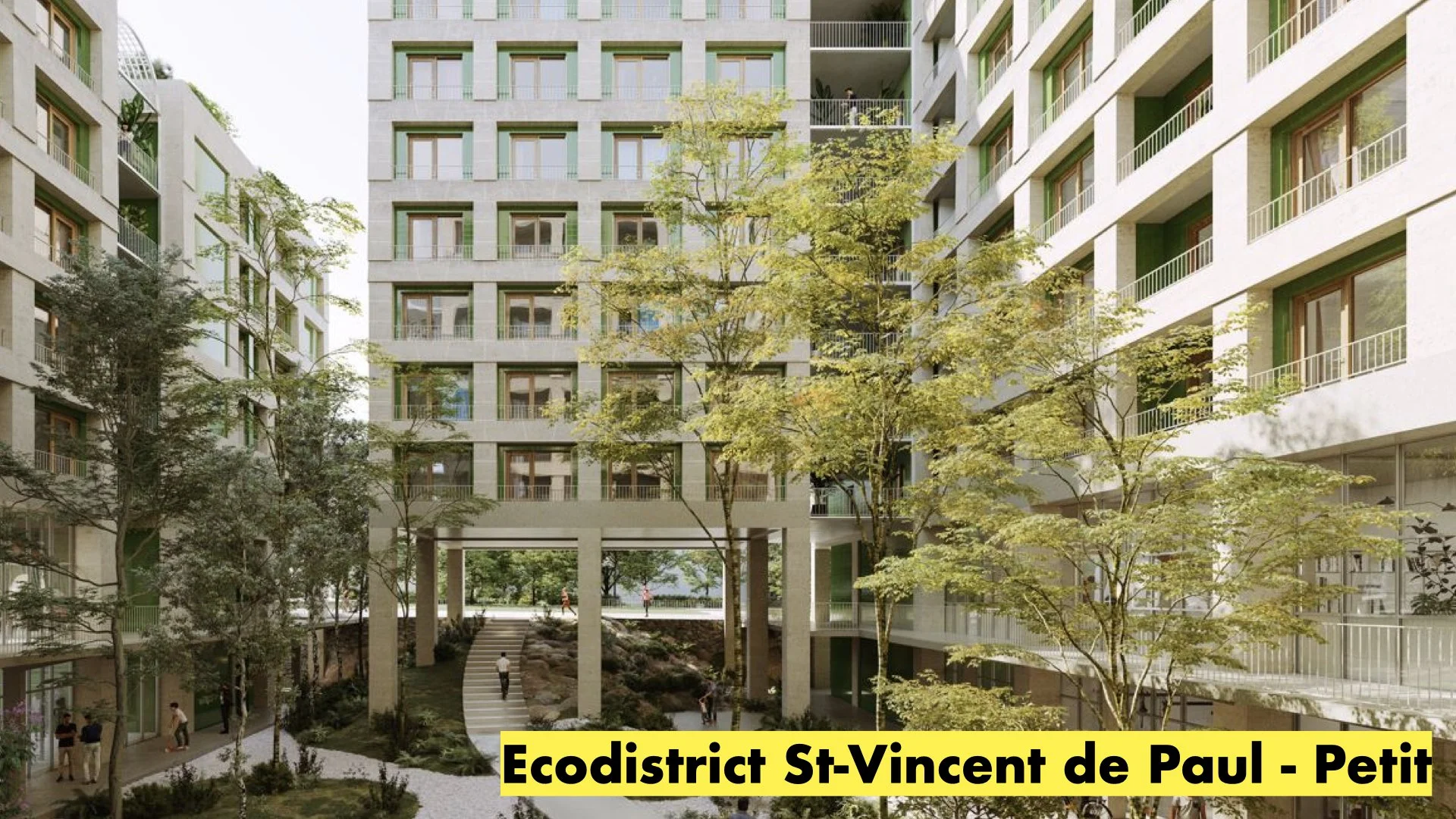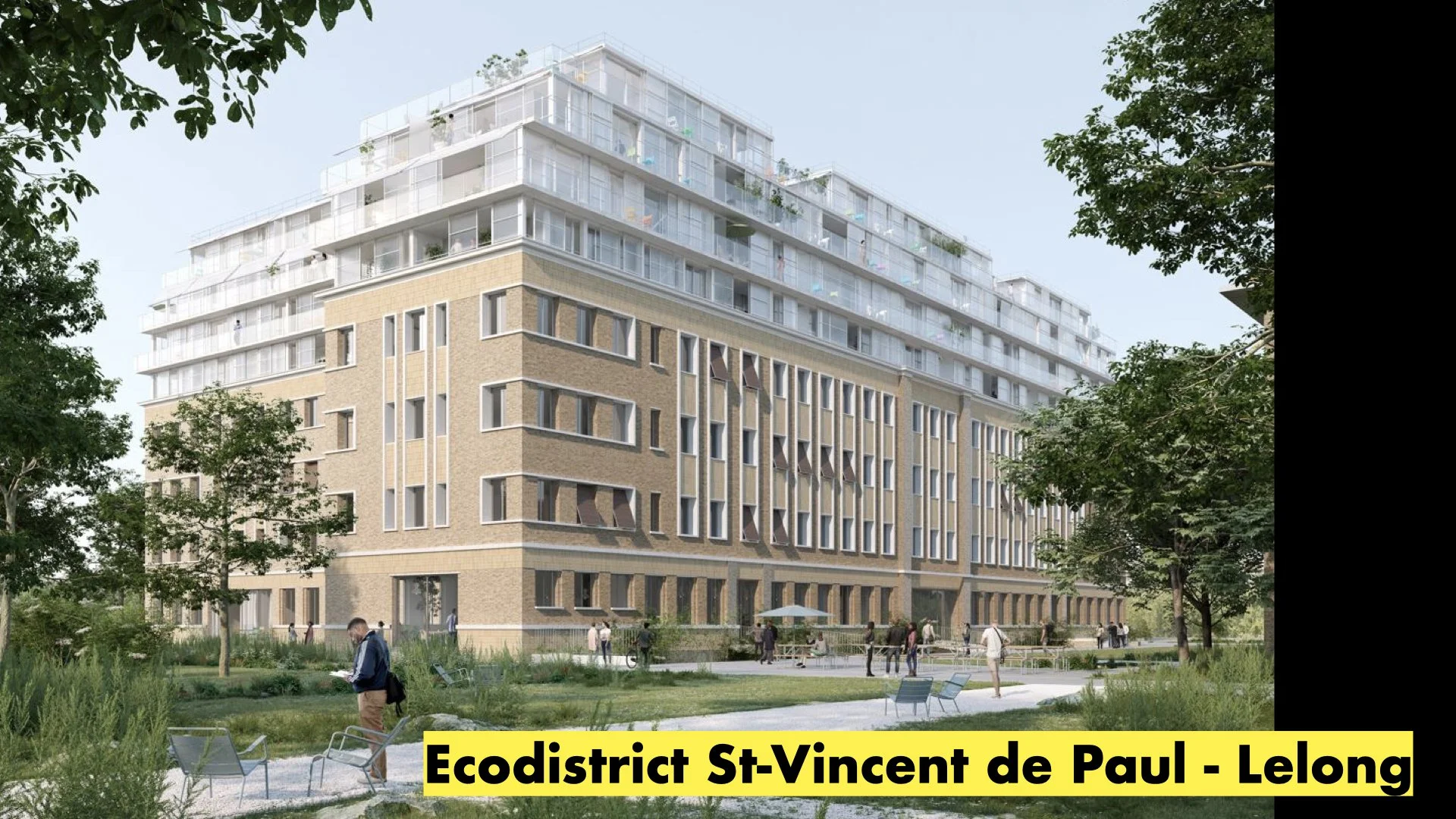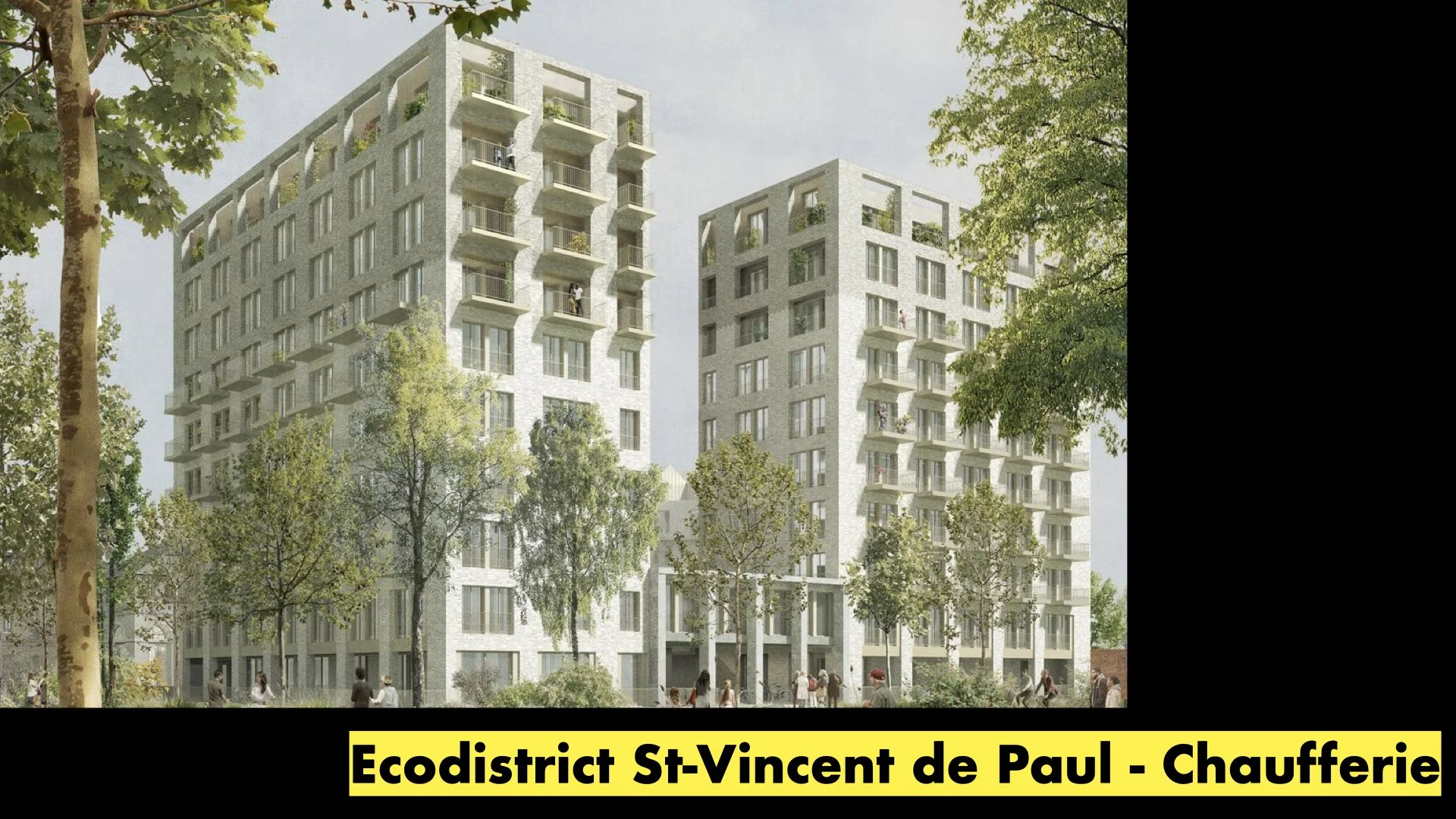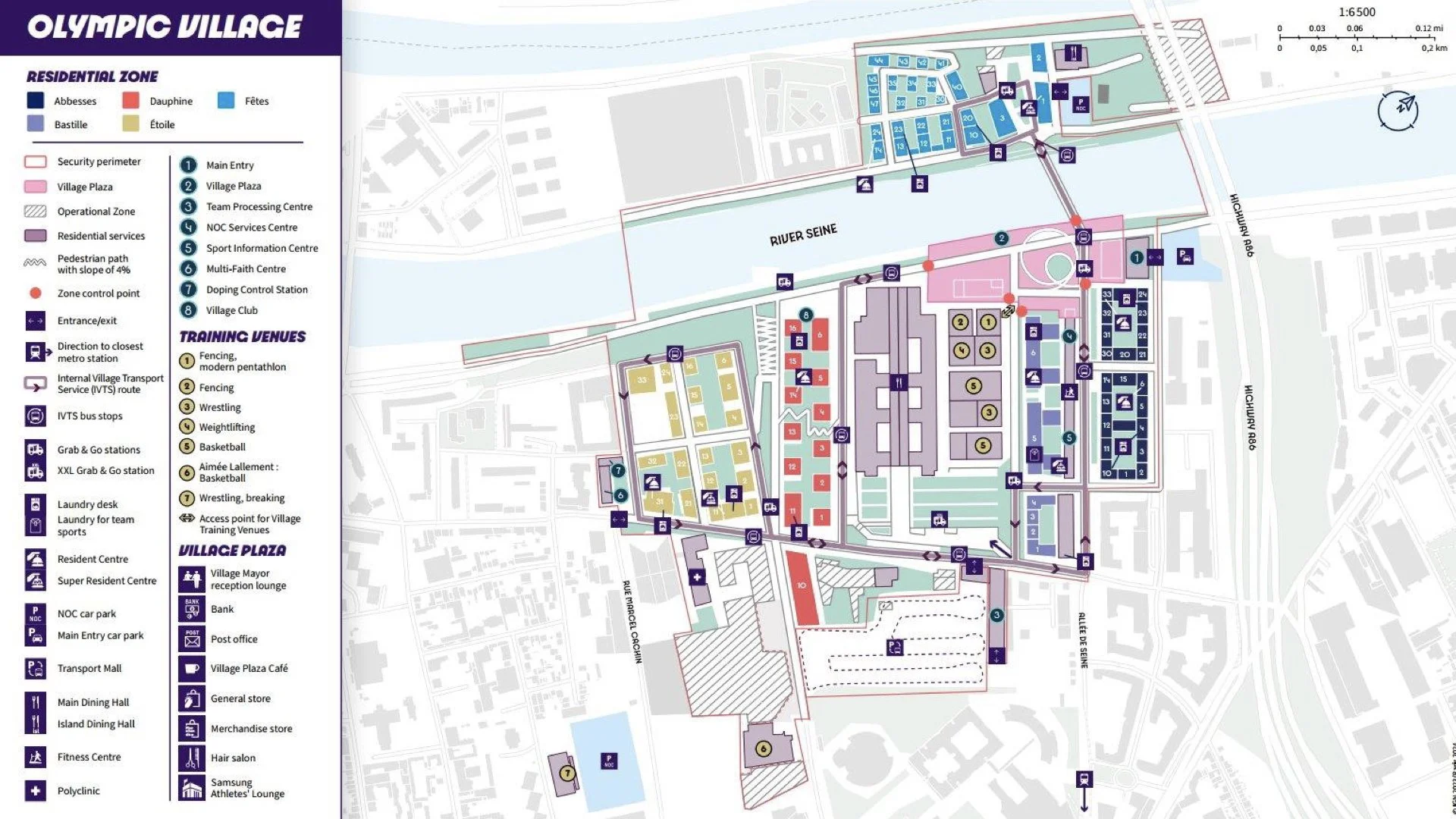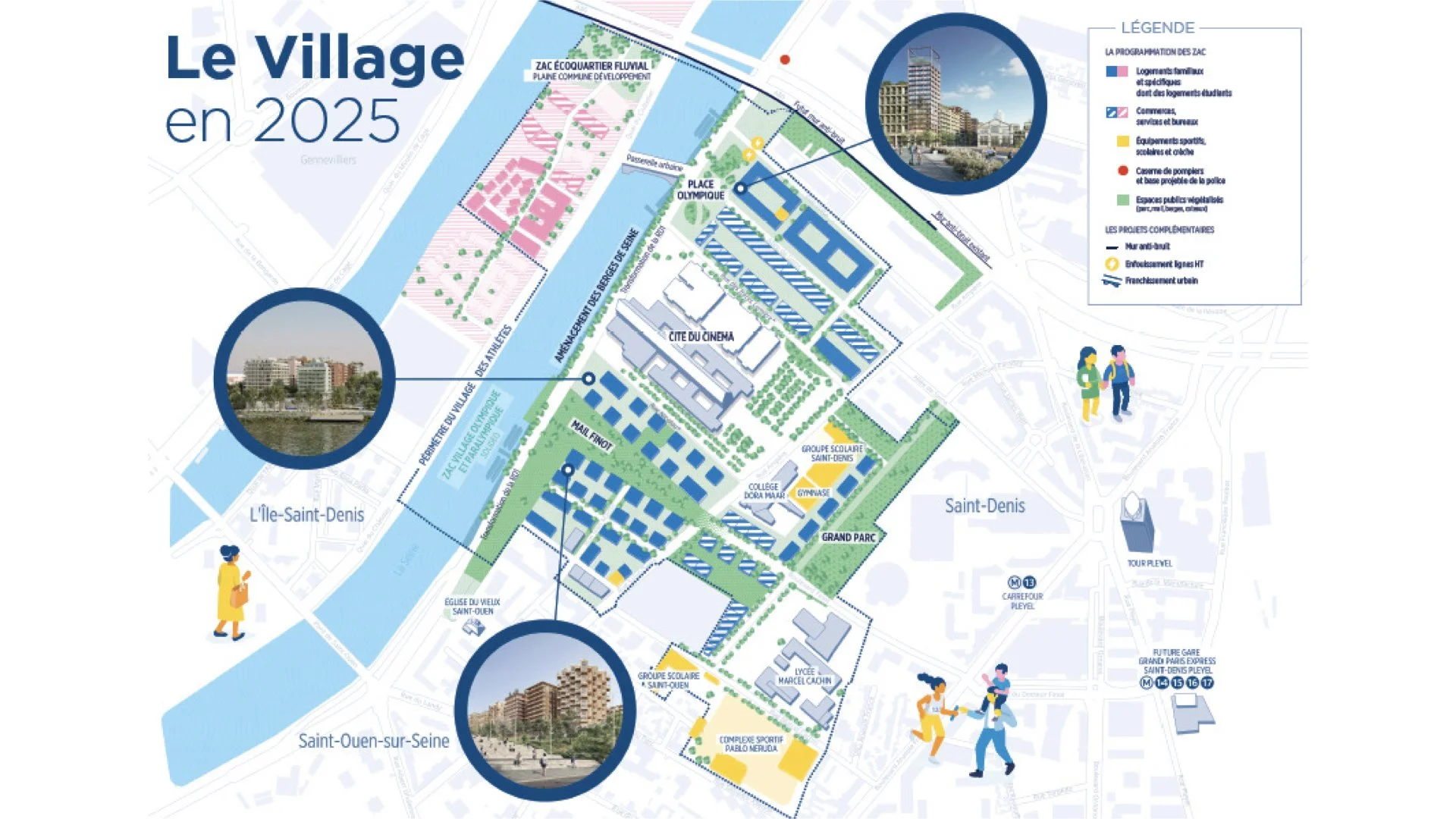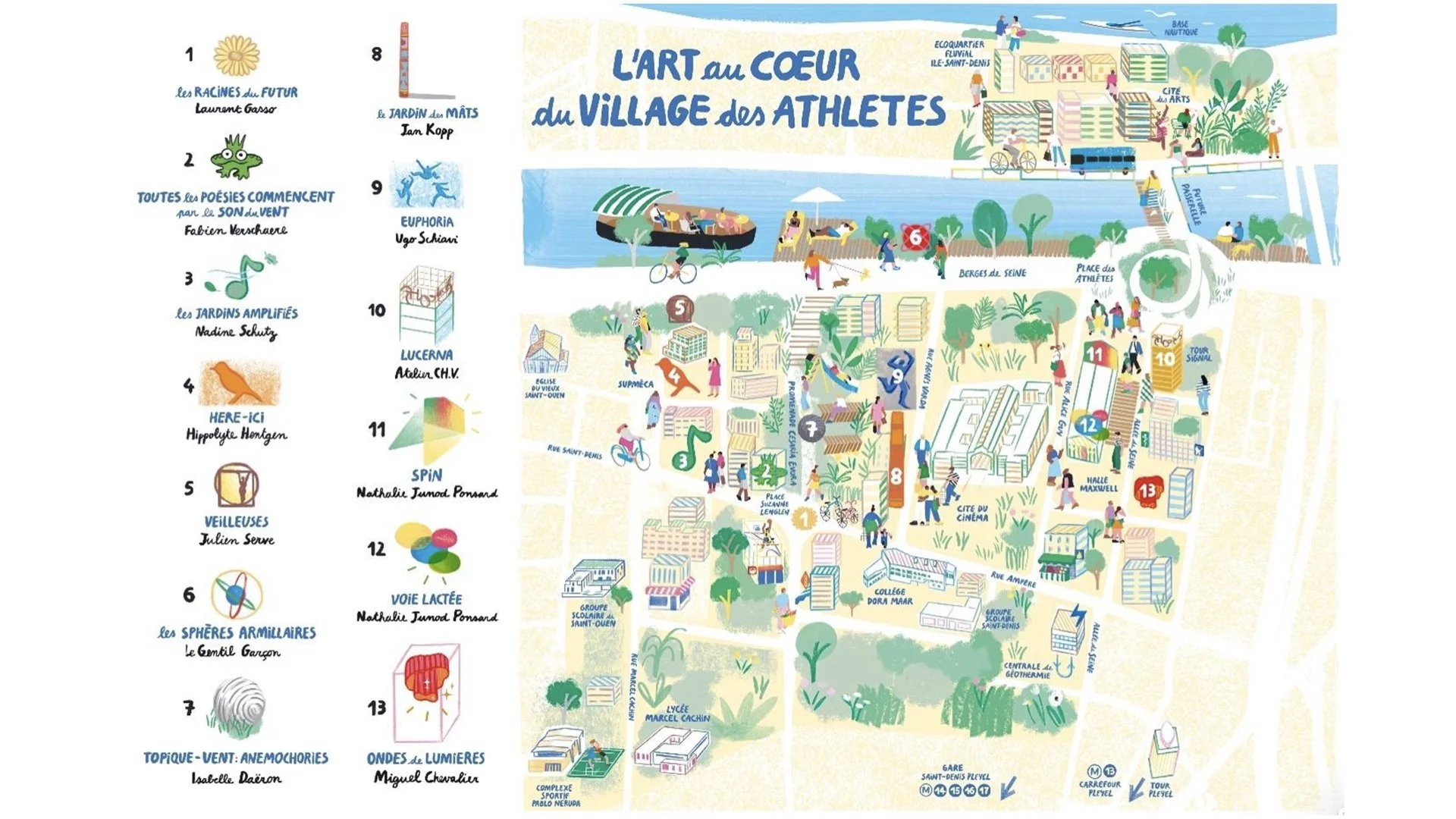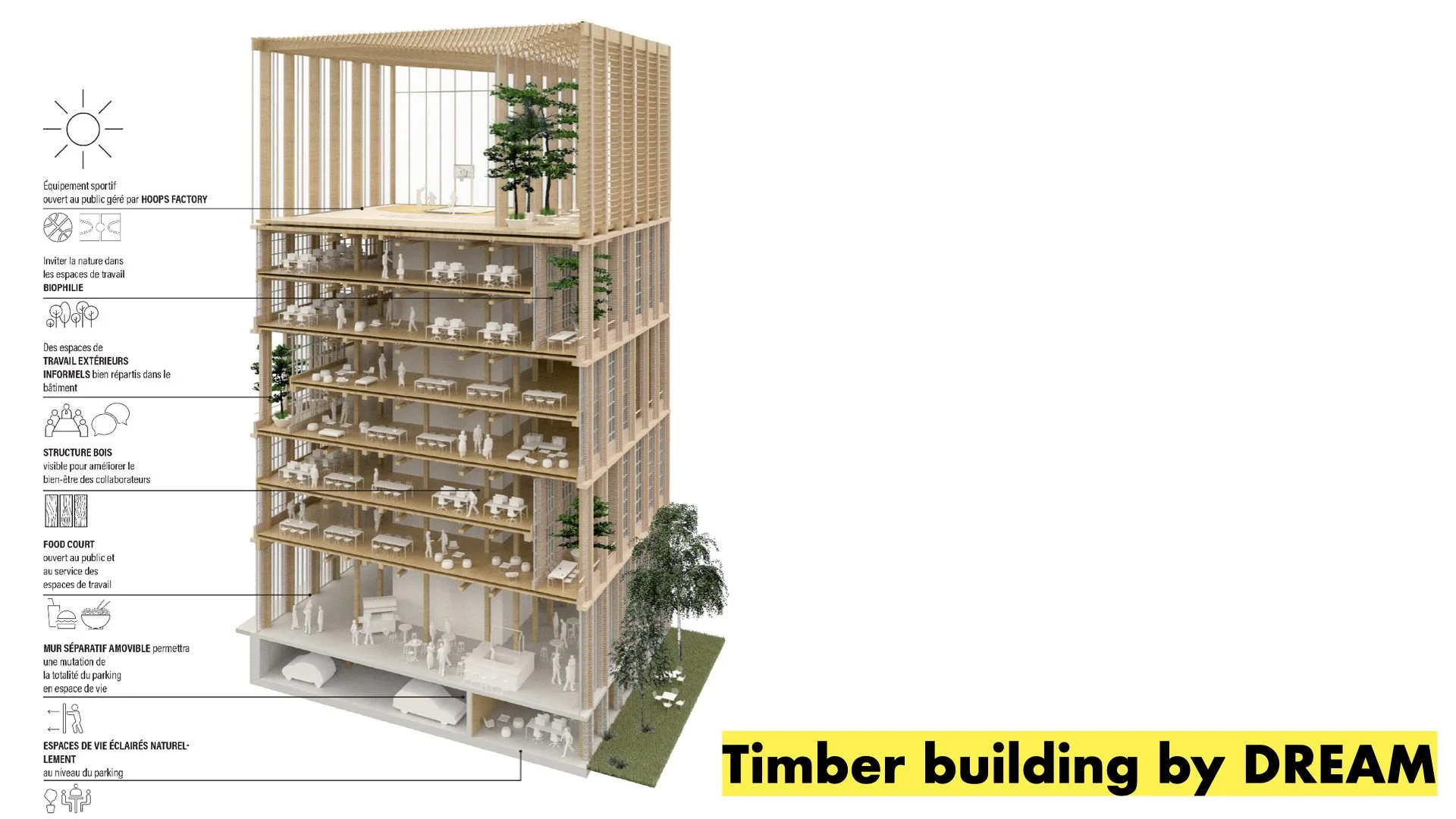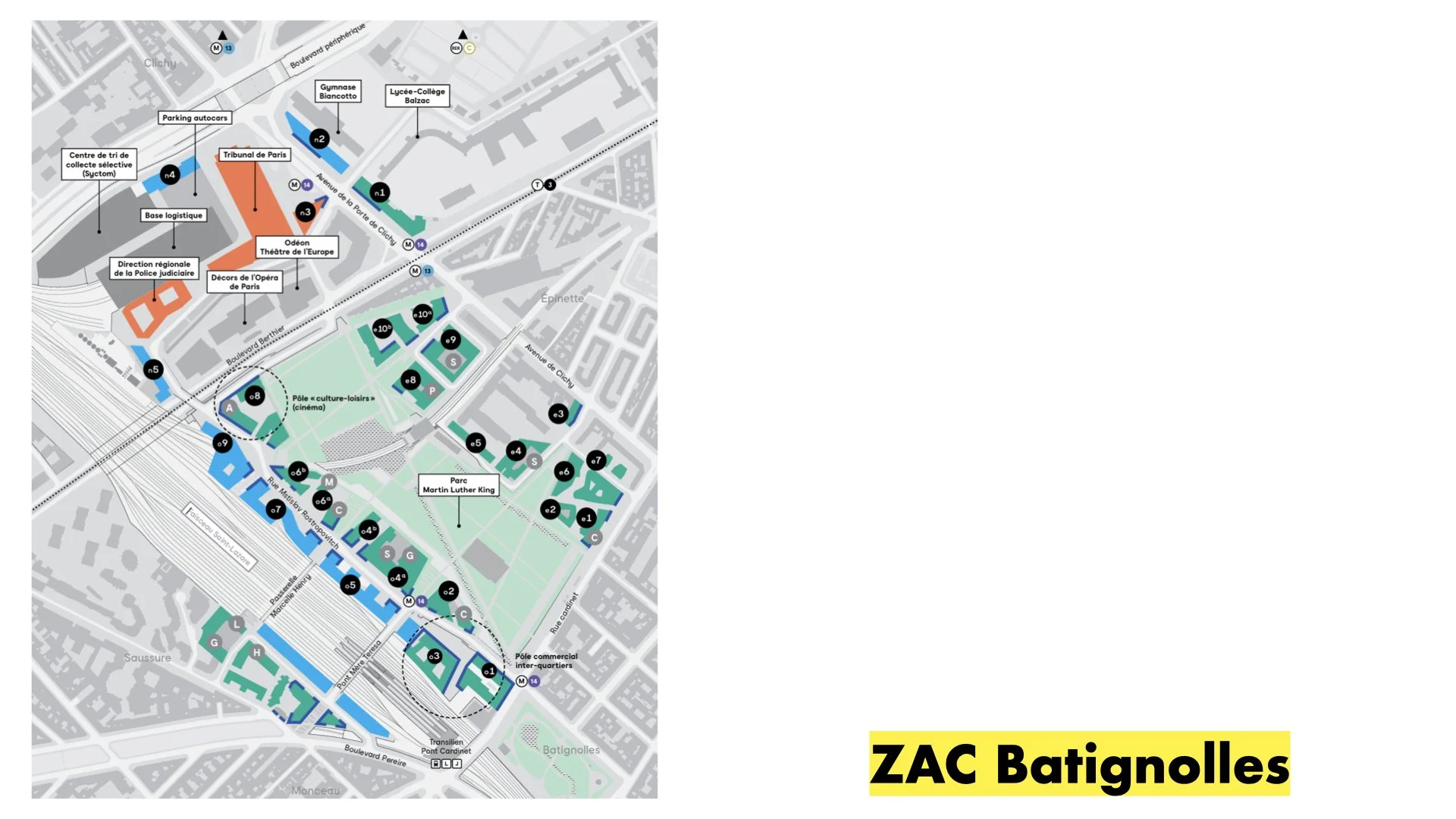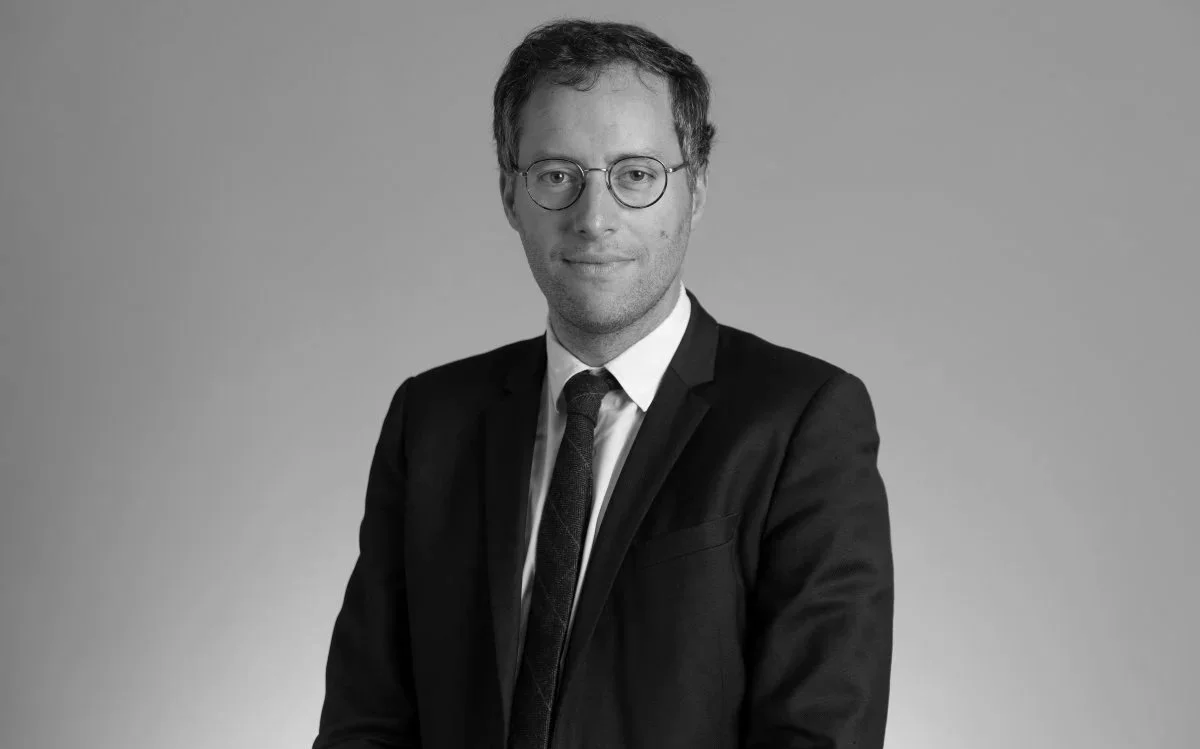PARIS URBAN TOUR
PARIS URBAN TOUR
Bienvenue à Paris !
You will find below all the information you need during the tour. Enjoy !
THURSDAY 23rd OCTOBER, 2025
“Reinventing Paris”: Transformation of the Parisian Hypercenter
14:30 – Hôtel de Ville : A 10-stop tour to discover key Parisian urban projects and policies
Tour with Thomas Chevandier, Adjoint à la Maire de Paris (Deputy Mayor in charge of public spaces and major construction projects).
15:30 – Hospitalités Citoyennes
With Amandine Arnoli, Program Director at Apsys (property developer), presenting one of the most ambitious office-to-housing conversions in Paris (30,000 m2).
17:00 – Morland Mixité Capitale
With Anne Savard, architect at CALQ, introducing Mixité Capitale, the award-winning mixed-use development from the “Reinventing Paris” competition.
Followed by drinks at Bonnie.
FRIDAY 24th OCTOBER, 2025
New Build versus Adaptive Reuse: Lessons and Best practices
9:30 –12:30 – Athletes’ Village, built for the 2024 Olympic and Paralympic Games, St-Denis
Meeting point: Carrefour Pleyel metro station at 9:30.
Visit of a reversible, mixed-use timber building with Dimitri Roussel, founding architect of DREAM. Neighbourhood tour led by Plaine Commune (urban development authority). Meeting with Nadine Schütz, sound architect.
13:00 – Lunch at La Communale, Saint-Ouen
Meeting with Valentin Durand, Director of La Communale, a new “third place” in Saint-Ouen.
Optional : ZAC des Batignolles, Paris 17ᵗʰ
Quick overview of the Zone d’Aménagement Concerté des Batignolles and Parc Martin Luther King, a flagship example of large-scale urban development in Paris.
From 15:00 – Écoquartier Saint-Vincent-de-Paul, Paris 14ᵗʰ
Currently under construction, the Saint-Vincent-de-Paul eco-district is transforming a former hospital site into an inclusive, low-carbon neighbourhood combining housing, public spaces, shared facilities and a cultural destination.
Followed by drinks at La Coupole.
THE PARIS URBAN GLOSSARY
Key programs, projects, and policies shaping the city.
MOBILITY :
Coronapistes (Covid Bike Lanes): Temporary lanes built in 2020 (≈50 km) during lockdown; most made permanent, accelerating cycling adoption.
Plan Vélo 2021–2026: €250 M plan for a 100 % cycling city: 1,000 km of bike lanes (up from 350 km in 2018) and 180,000 parking spaces.
REVe (Réseau Express Vélo): Express bike network linking central Paris to the suburbs.
15-Minute City: Popularized by Carlos Moreno and explicitly embraced by the Mayor in 2020; the idea structures programs that bring daily services, schools, culture, and jobs within a short walk/ride.
Vélib’: Paris’s bike-share system (launched 2007). Fleet ≈21,000 bikes (40 % electric), 1,400 stations in 60 municipalities around Paris, >400,000 daily trips on peak days — one of the world’s largest.
Zone de Rencontre (Shared Zone): Shared street with 20 km/h limit; pedestrians and cyclists have priority over motor vehicles.
Zone Zéro Émission (Zero Emission Zone): Progressive ban on fossil-fuel vehicles by 2030, starting with professional fleets in 2025. Linked to the Greater Paris Low-Emission Zone (ZFE).
PARTICIPATORY INITIATIVES :
Budget Participatif (Participatory Budget): Since 2014, residents vote to allocate ≈5 % of the city’s investment budget (for €84 M in 2024). Over 3,000 projects realized—rooftop gardens, art installations, playgrounds...
DansMaRue (“In My Street” App): Citizen-reporting app (since 2014) for litter, graffiti, or street damage via geolocated photos. Handles ≈2,000 reports/day, improving coordination across all arrondissements.
Embellir votre Quartier (Beautify Your Neighbourhood): Since 2021, residents co-design local public-space upgrades—street greening, traffic calming... Each district cluster runs a participatory process over 2–3 years. Budget: €150 M (2021–2026).
Embellir Paris (Beautify Paris): Launched in 2019, an art and design competition for creative interventions in underused public spaces. 20 sites selected (includes up/side/down/town by The Street Society in Le Marais).
PLANS AND FRAMEWORKS :
ParisPluie (Stormwater Plan): In force since 2018, updated 2025. Requires on-site rainwater management (depaving, infiltration) and designs “rues rivières” for flood resilience.
Plan Bioclimatique (Bioclimatic Plan): Adopted 2022; goal: carbon-neutral Paris by 2050. Contains 500 measures on energy, mobility, and adaptation—incl. 170,000 new trees and –4 °C heat-reduction target.
PLU Bioclimatique (Bioclimatic Local Urban Plan): Adopted in 2024, the first in France. Defines planning rules around climate adaptation based on 14,000 citizen contributions. Official framework for all permits from 2025 onward.
Plan Biodiversité 2025–2030: Released in Oct 2025; aims to green and depave 30 % of the city by 2030 through 85 actions connecting health, water, and urban design.
Plan Arbre / Canopy Goal: Roadmap (2020–2026) to plant 170,000 trees along streets, squares, and the ring road. Paris counts ≈500,000 trees today.
Plan Baignade (Seine Bathing Plan): Public swimming opened in 2025 at 3 sites (Bercy, Bras Marie, Bras de Grenelle) after €1.4–1.6 bn water-quality works including the €90 M Austerlitz basin (2024).
Urban Resilience Strategy (100 RC): Adopted in 2017 within the 100 Resilient Cities network; addresses climate risk, flooding, heat, and social cohesion, guiding later programs like cooling streets and emergency water storage.
URBAN PROJECTS AND PROGRAMS :
Cours Oasis (Oasis Schoolyards): Since 2017, 165 schoolyards transformed into cool, permeable micro-parks; +360 more by 2030. Schoolyards open to the public on weekends.
Paris Respire (Car-free Sundays): Since 2003, certain districts are closed to car traffic on Sundays and holidays, open only to pedestrians, cyclists, taxis, and residents. As of 2025, 27 neighborhoods participate (Marais, Montmartre, Canal Saint-Martin, Quais de Seine).
Permis de Végétaliser: Created in 2015, allows residents to plant and maintain vegetation in public space (tree bases, walls, sidewalks) with a free renewable 3-year permit. Over 15,000 permits issued citywide.
Petite Ceinture (Rail-to-Trail Greenway): Ongoing transformation of the former railway belt into an ecological promenade, with cultural destinations (ex: La Gare, Le Gore). New sections opened 2024–2025, with further links planned.
Les Places de Paris (Parisian Squares Project): Launched 2017 with APUR (Atelier Parisien d’Urbanisme), reconfiguring seven major squares (Bastille, Nation, Madeleine, Panthéon, Gambetta, Italie, Fêtes) to make them greener and more walkable, reclaiming 50 % or more of space for pedestrians and cyclists.
Réinventer Paris (Reinventing Paris): Urban innovation competition launched in 2014 to reimagine underused public sites through public–private partnerships, promoting mixed use, adaptive reuse, and sustainability. Edition 1 (2015): 22 sites selected, incl. Morland Mixité Capitale. Edition 2 (2017): focused on underground and infrastructural spaces (incl. Aérogare des Invalides). Edition 3 (2022): transformation of vacant offices into housing (incl. Hospitalités Citoyennes).
Rue aux Écoles (School Streets): Since 2020, streets near schools are turned into pedestrian-priority zones to improve safety and air quality. Over 300 school streets by 2024, aiming for 600 by 2026.
